Pointed, tooth-shaped pseudopodia.
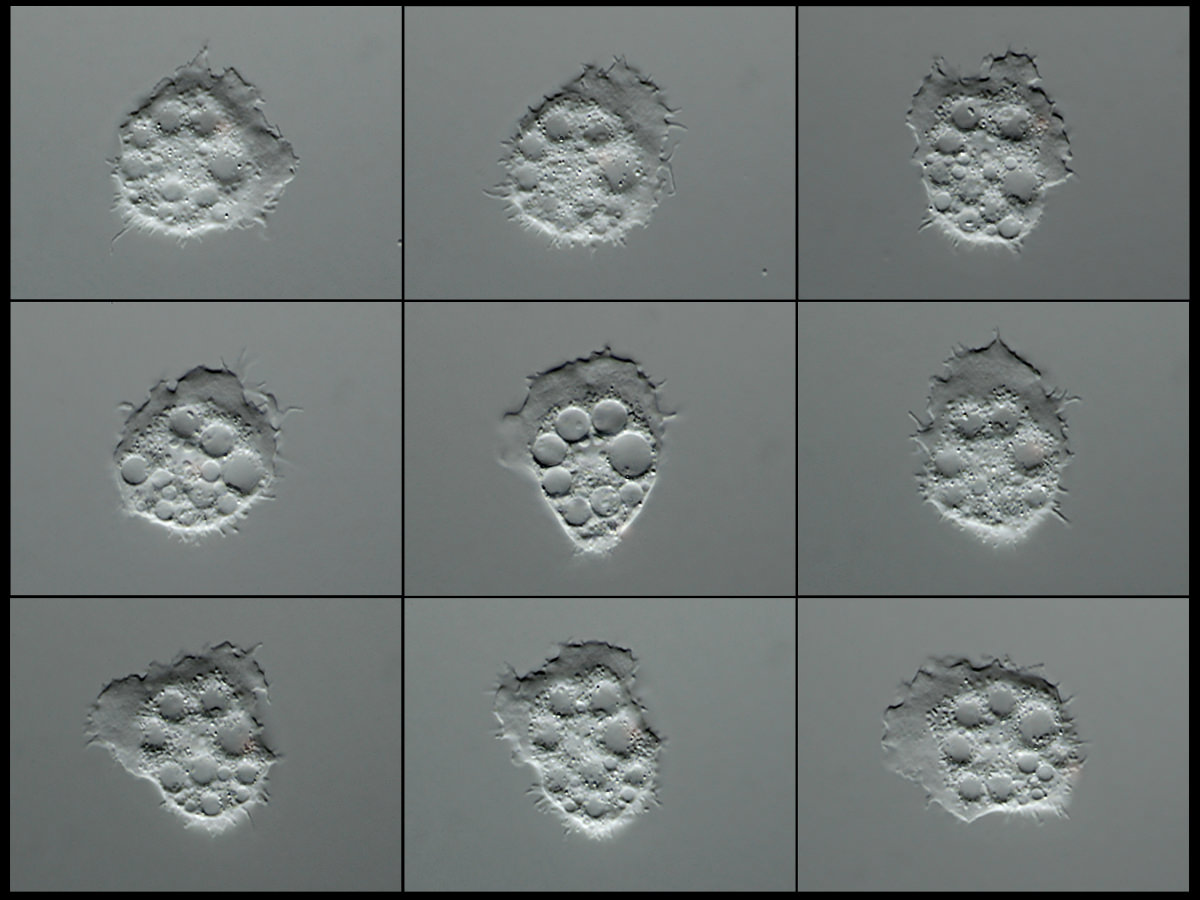
Acanthamoeba sp.
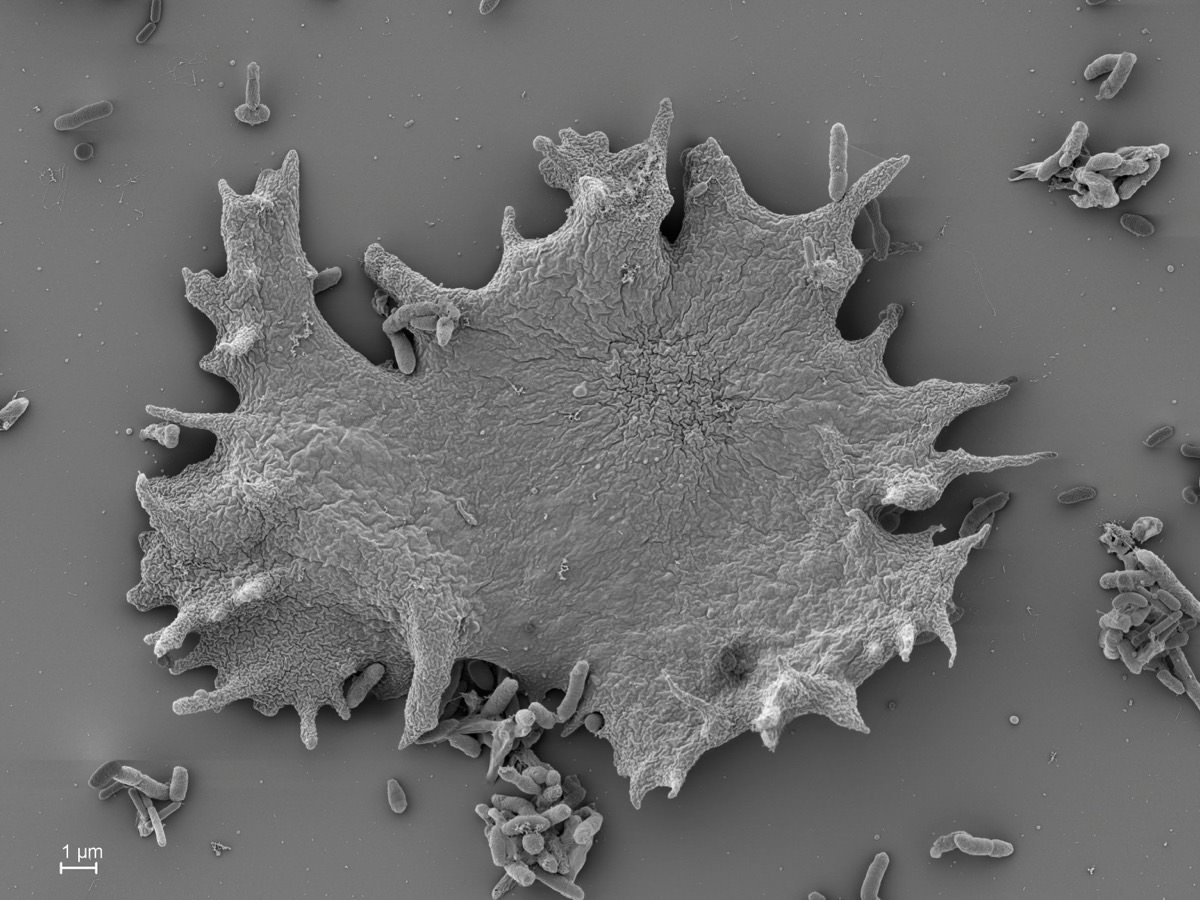
Dracoamoeba jomungandri

Luapeleamoeba arachisporum
Feeds primarily or entirely on algae.

Vampyrella pendula
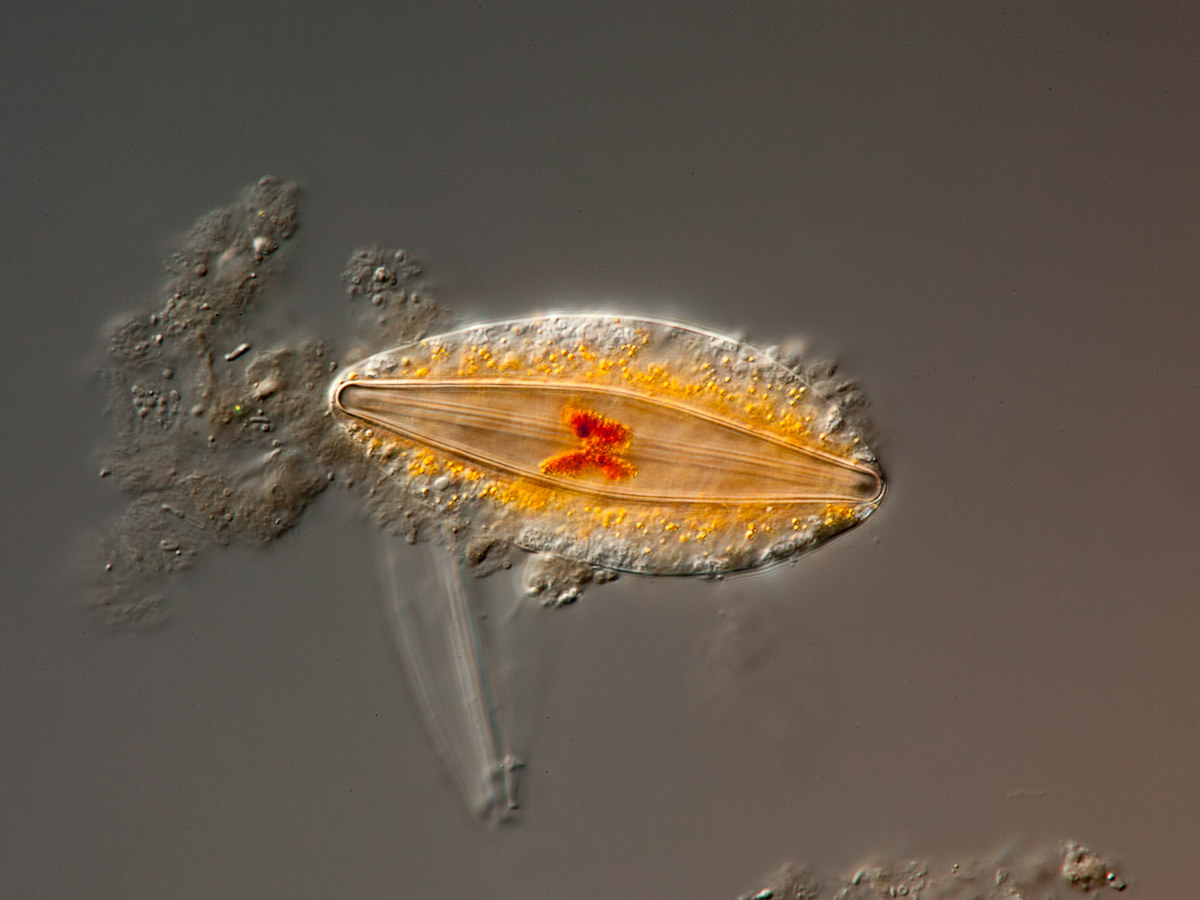
Digestive cyst from Leptophrys vorax
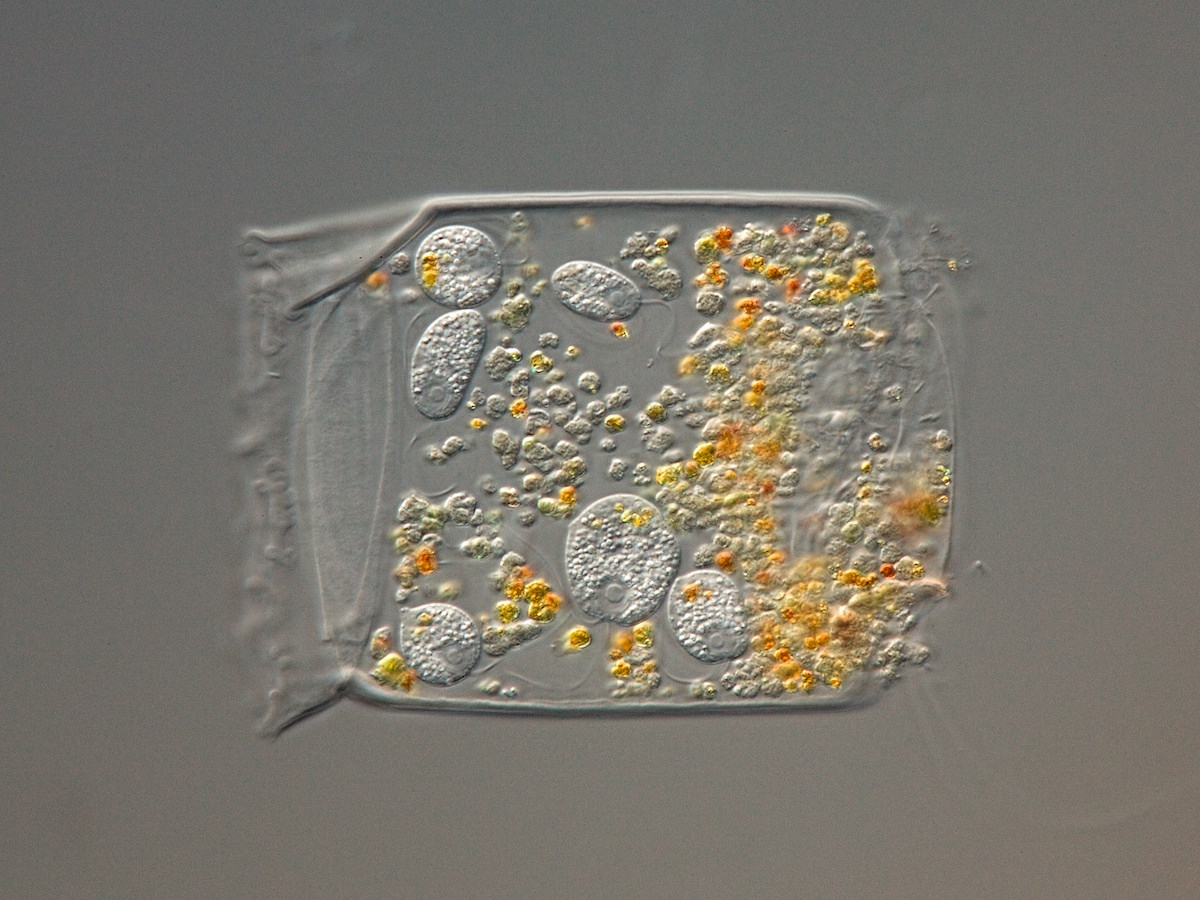
Viridiraptor invadens
Interconnection between different pseudopodia.
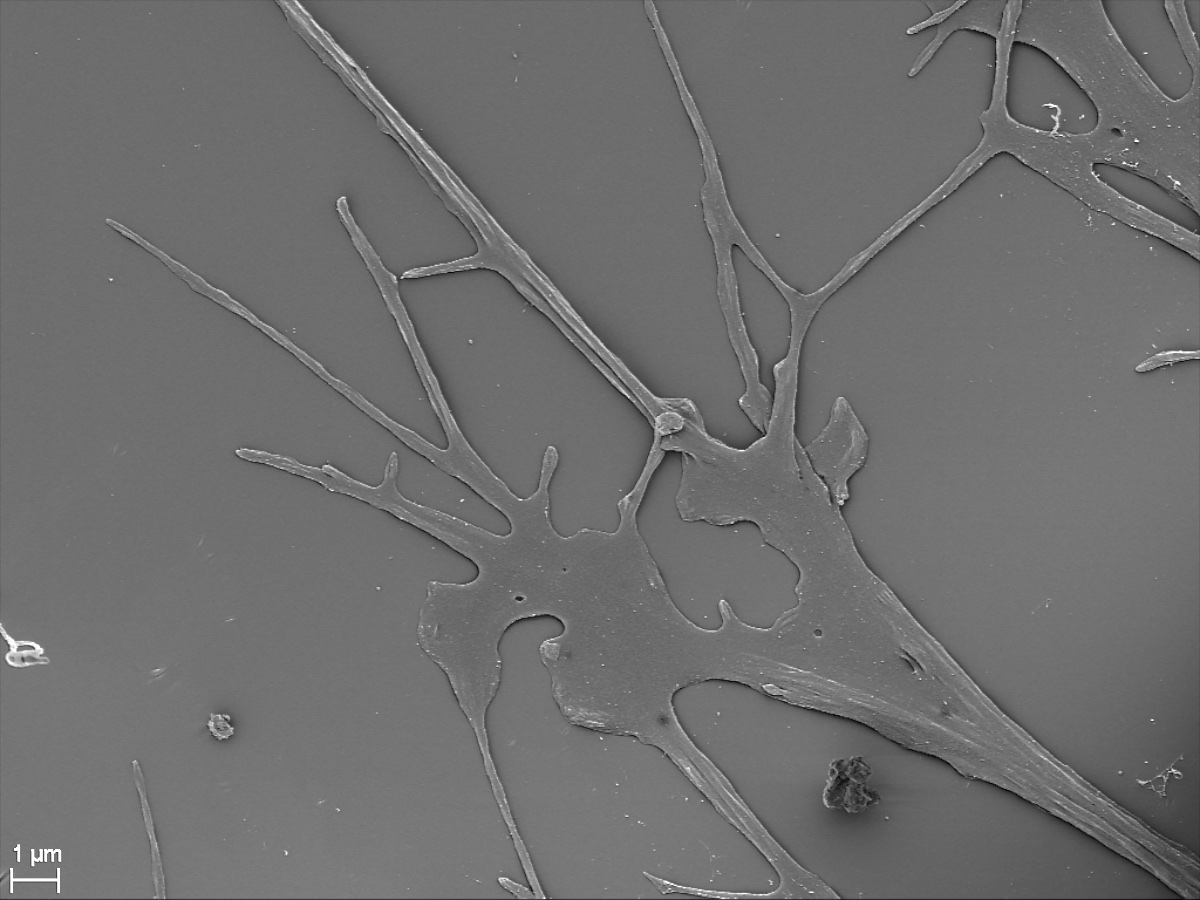
Cercozoa

Foraminifera
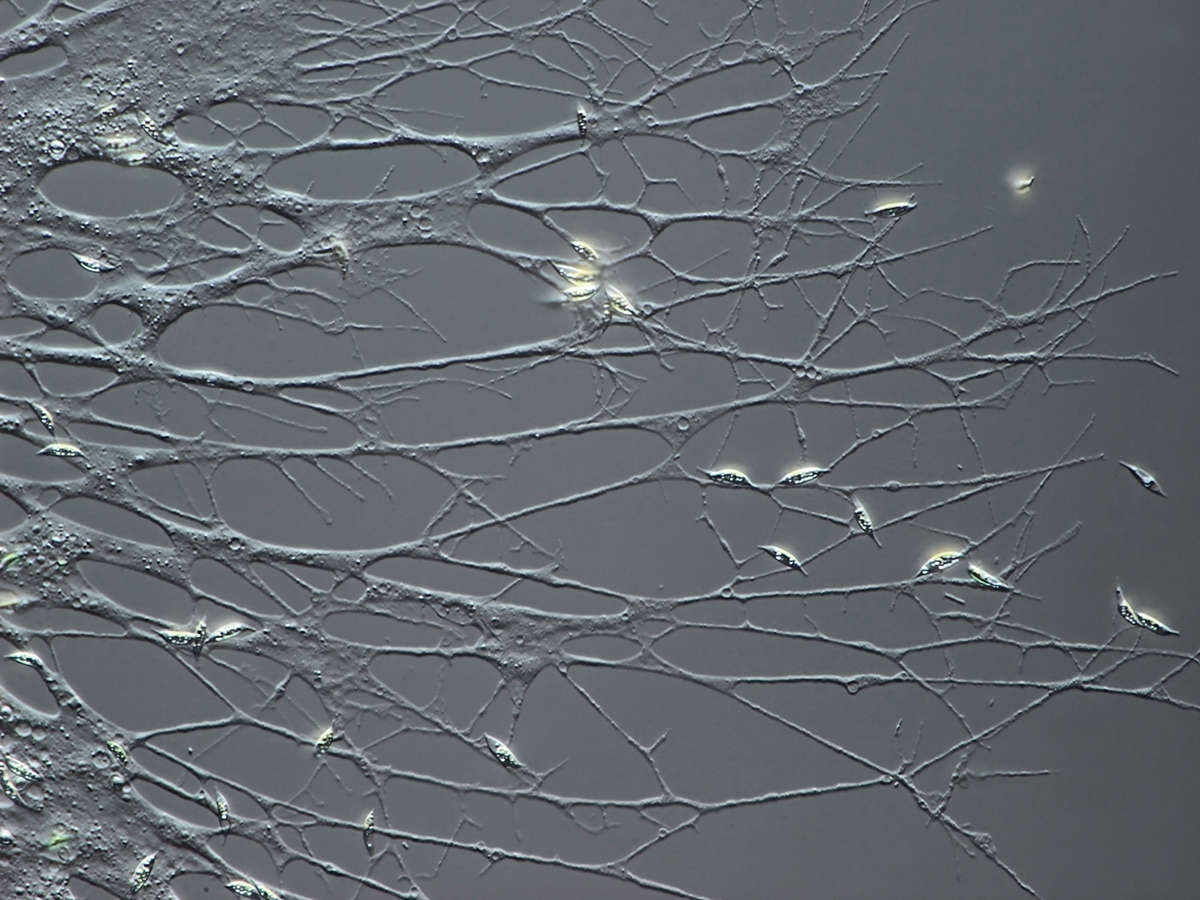
Amoebozoa
Opening in the test through which cytoplasm can extend.
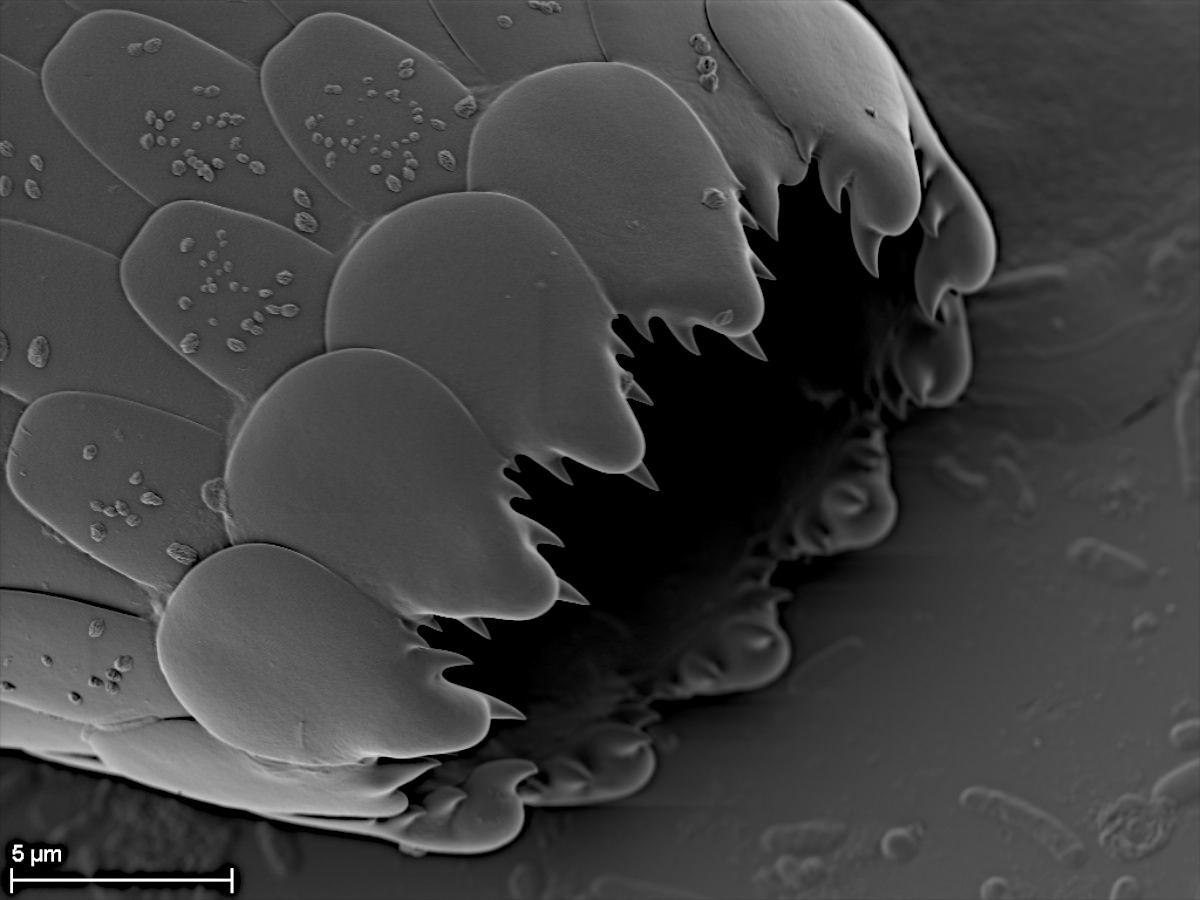
Euglypha
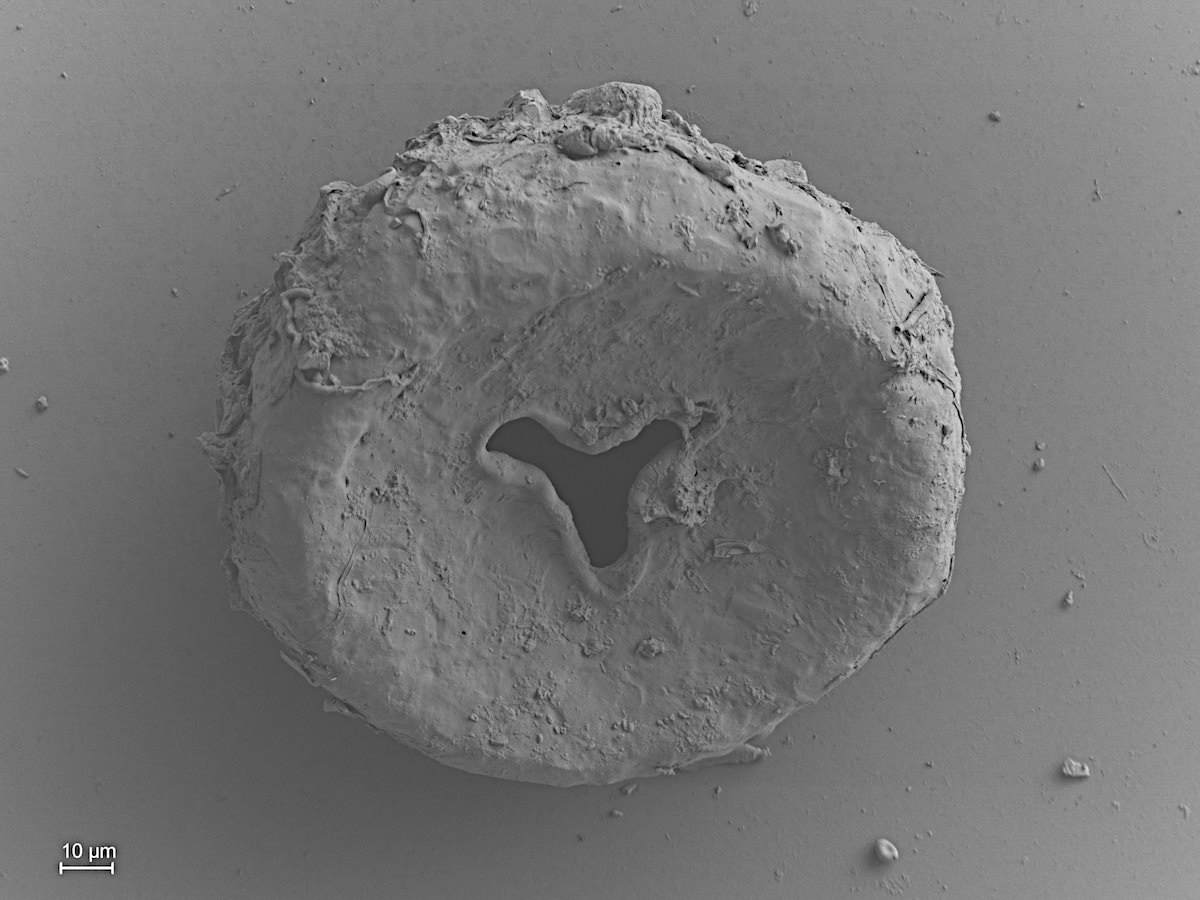
Amoeboza
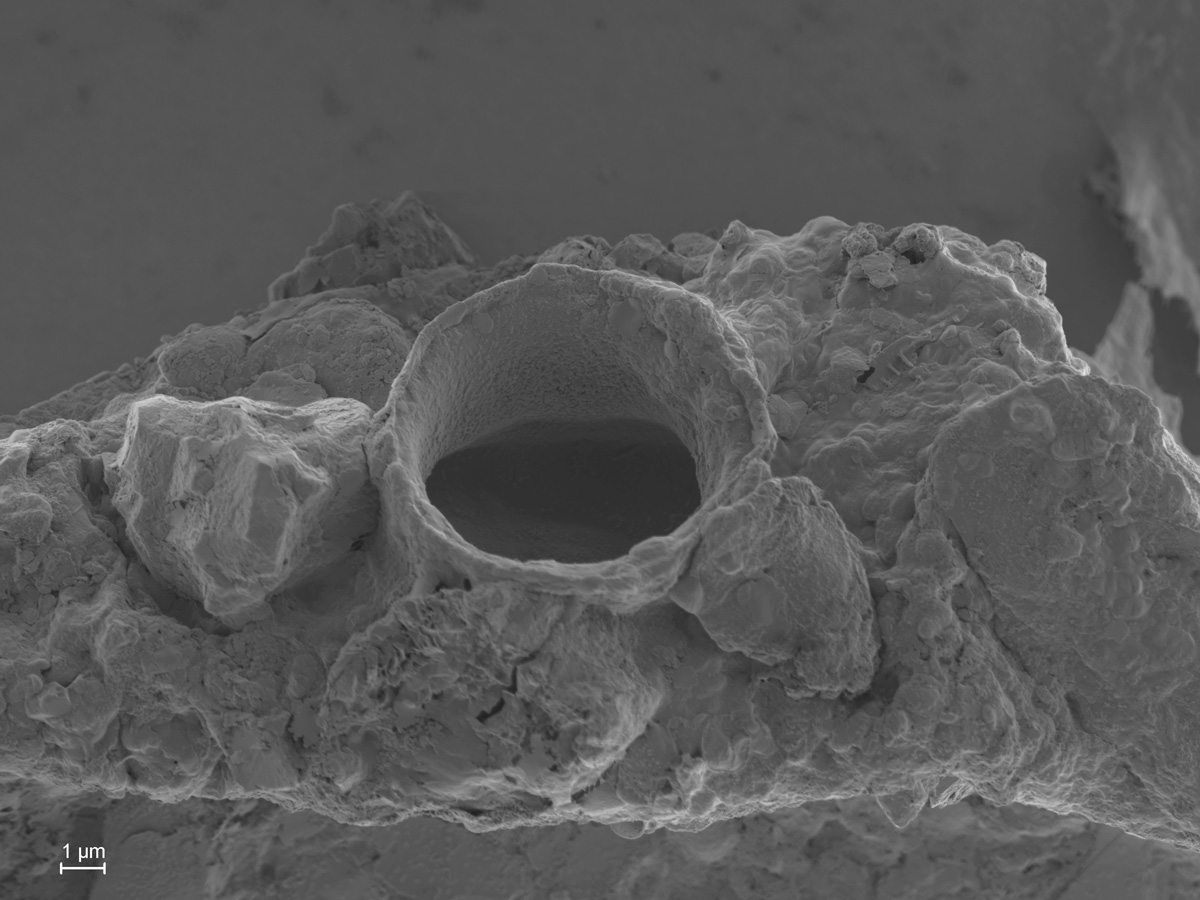
Amphitrema wrightianum
Without a single chamber; no test (= naked Foraminifera).
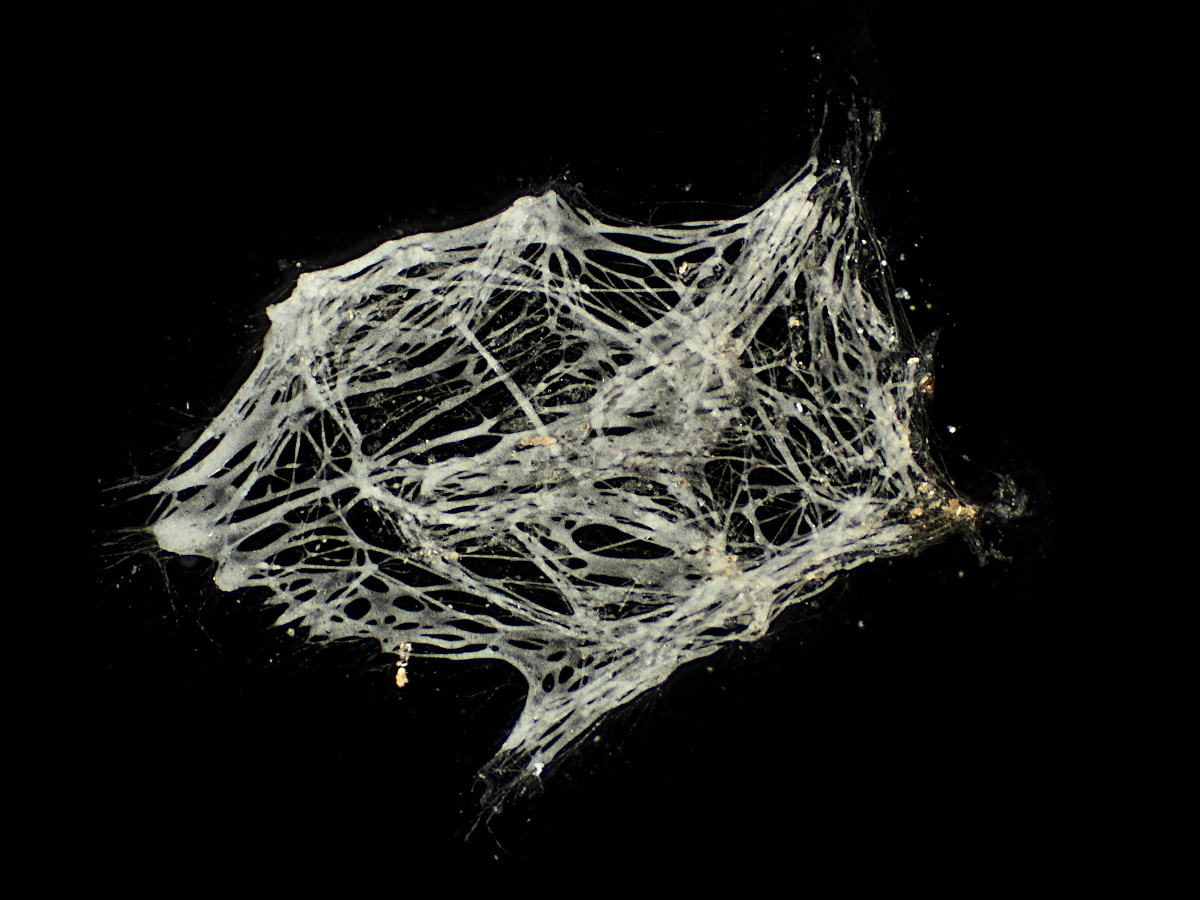
Reticulomyxa
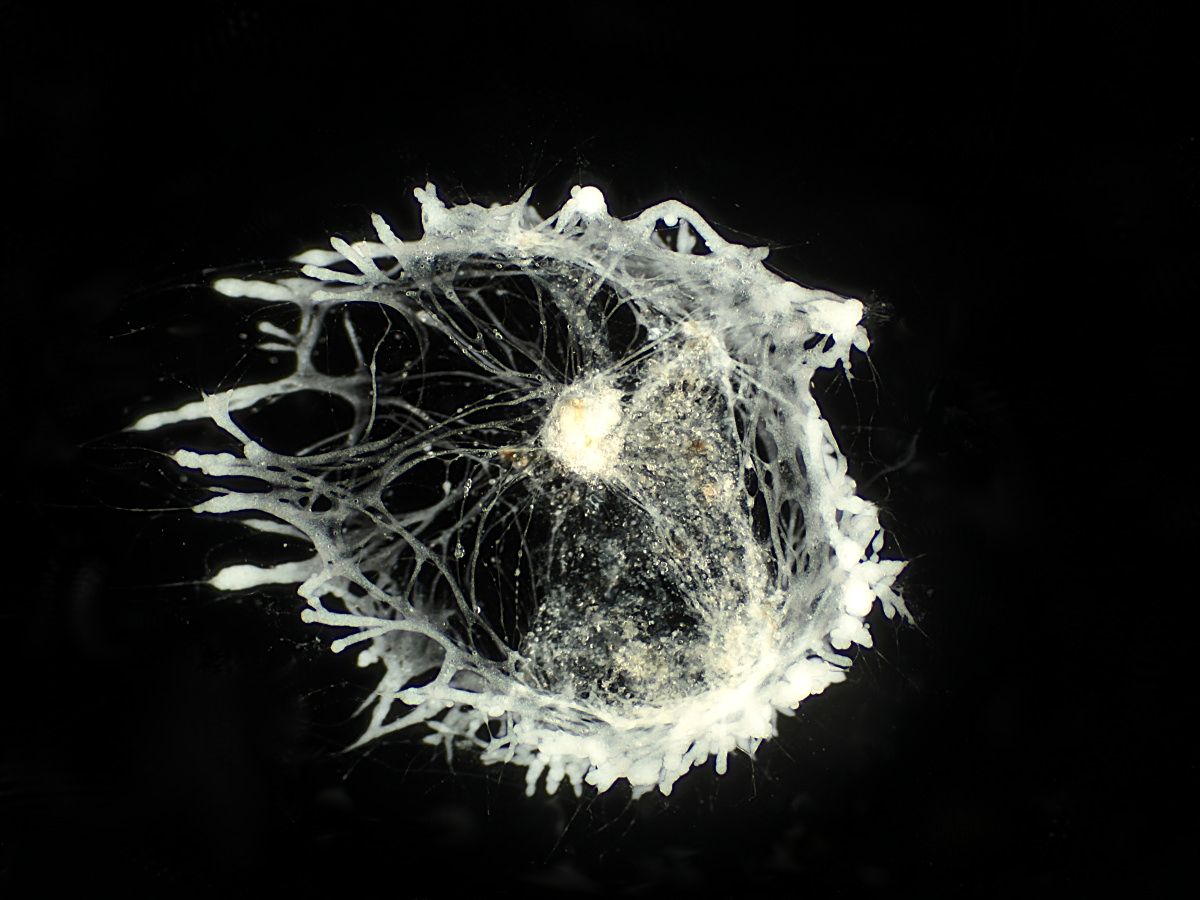
Reticulomyxa

Reticulomyxa
Stiff core of microtubules that forms the skeleton of cilia (9x2+2 arrangement) and axopodia (taxa-dependent arrangement).
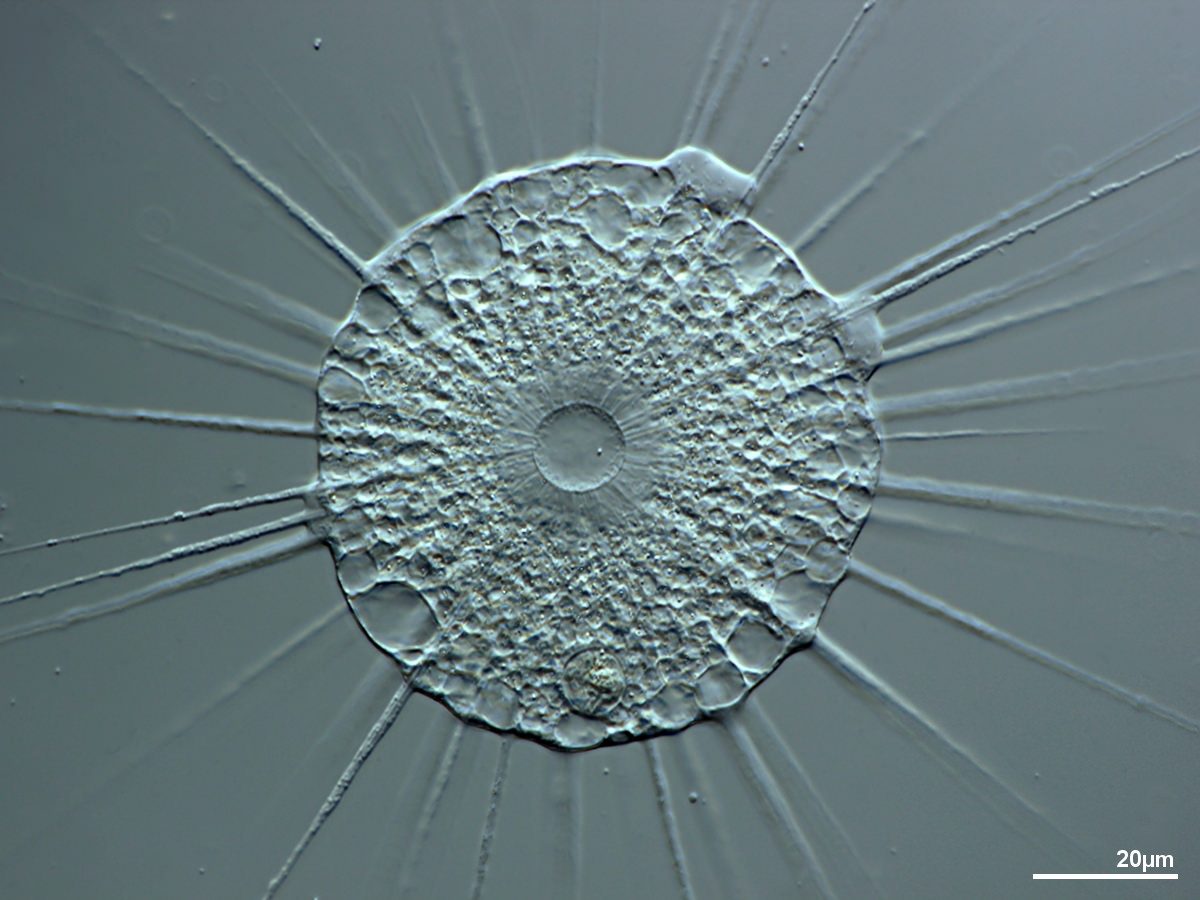
Actinpphrys sol
Ray-shaped pseudopodia with a stiff core of a microtubullar-based axoneme and extrusomes.

Actinosphaerium
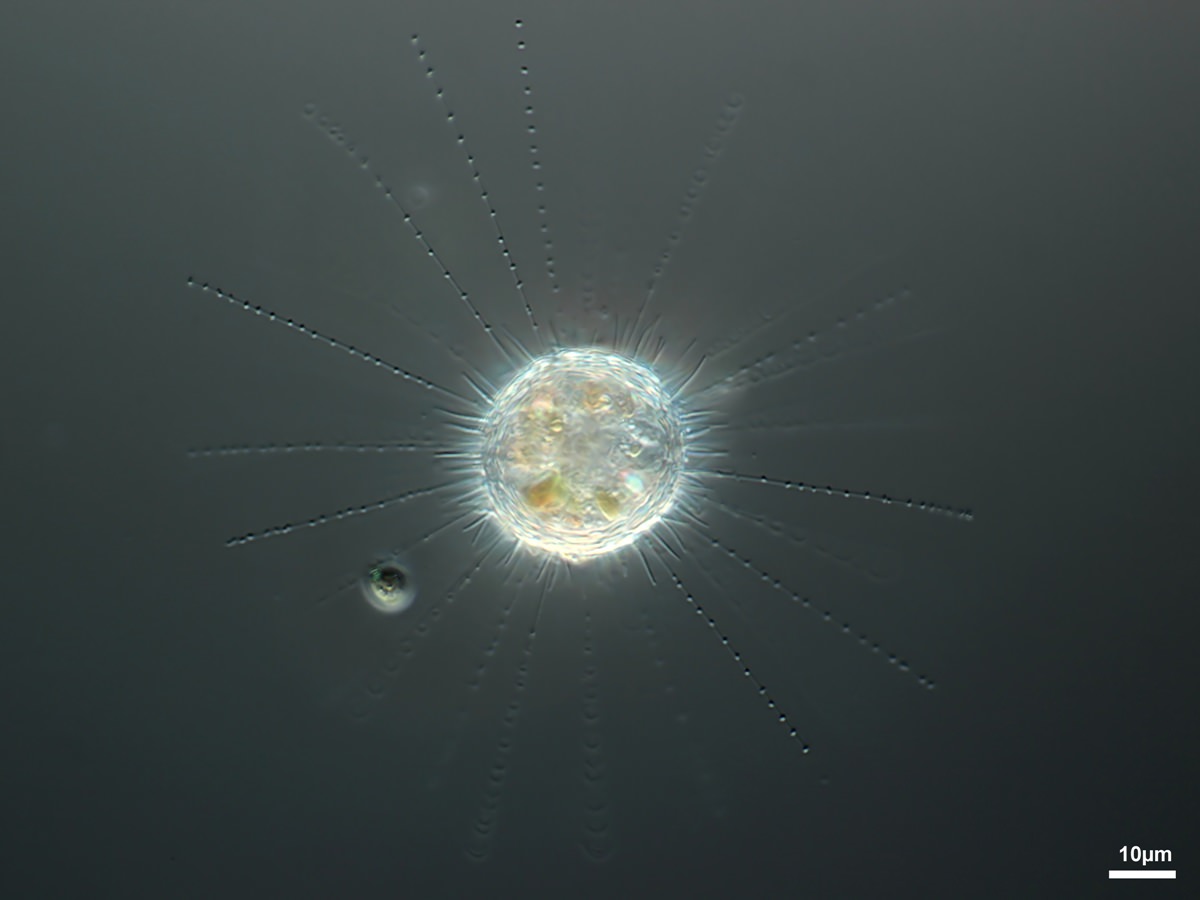
Choanocystis

Feeds primarily or entirely on bacteria.
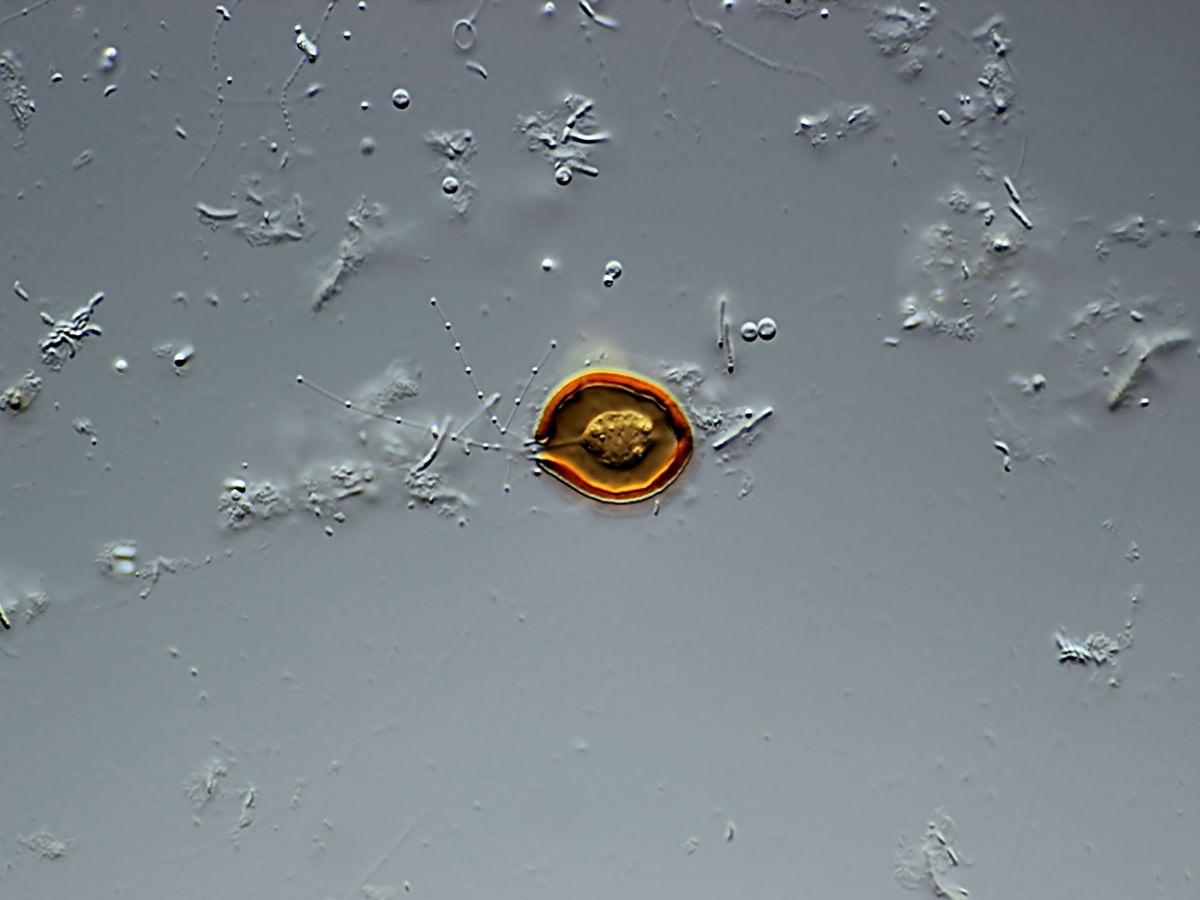
Microgromia

Choanozoa
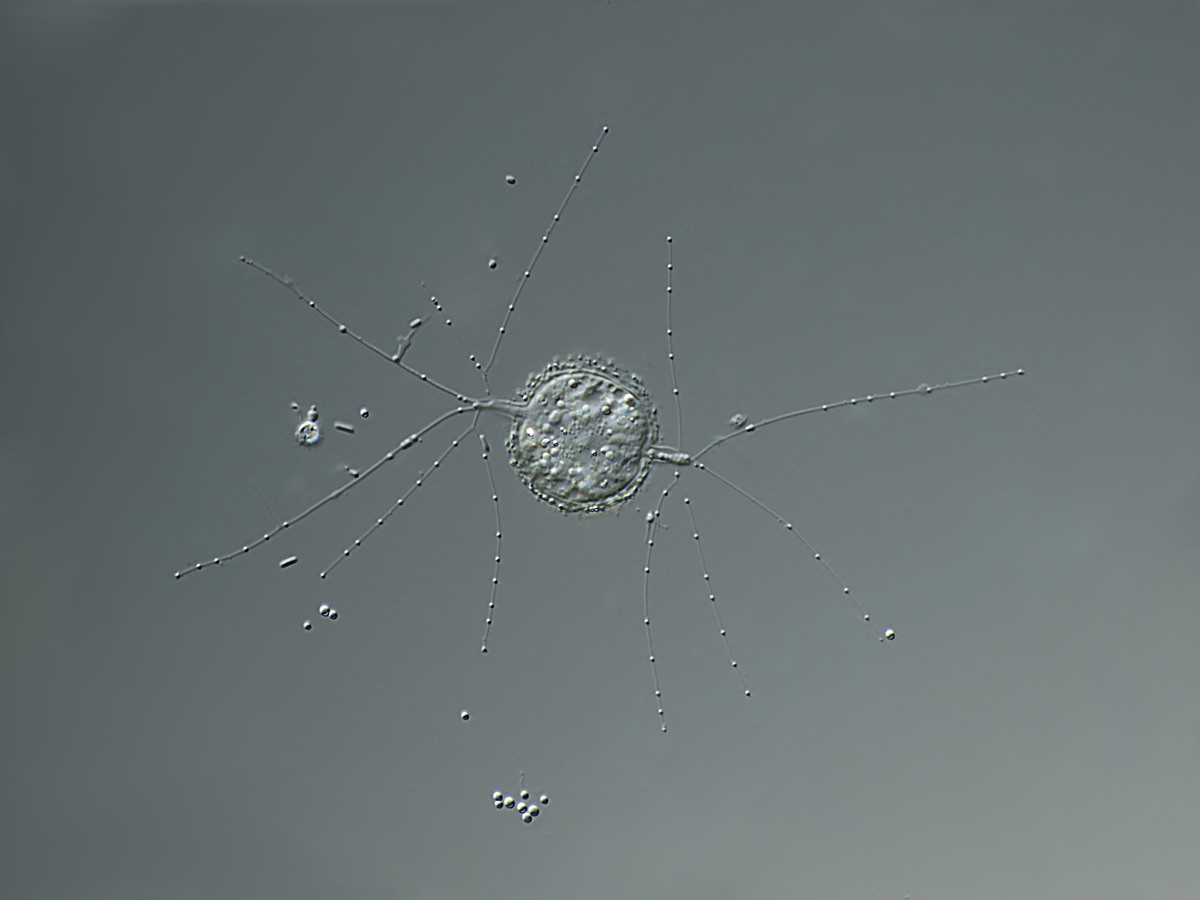
Ditrema
Microtubule organizing center (MTOC).
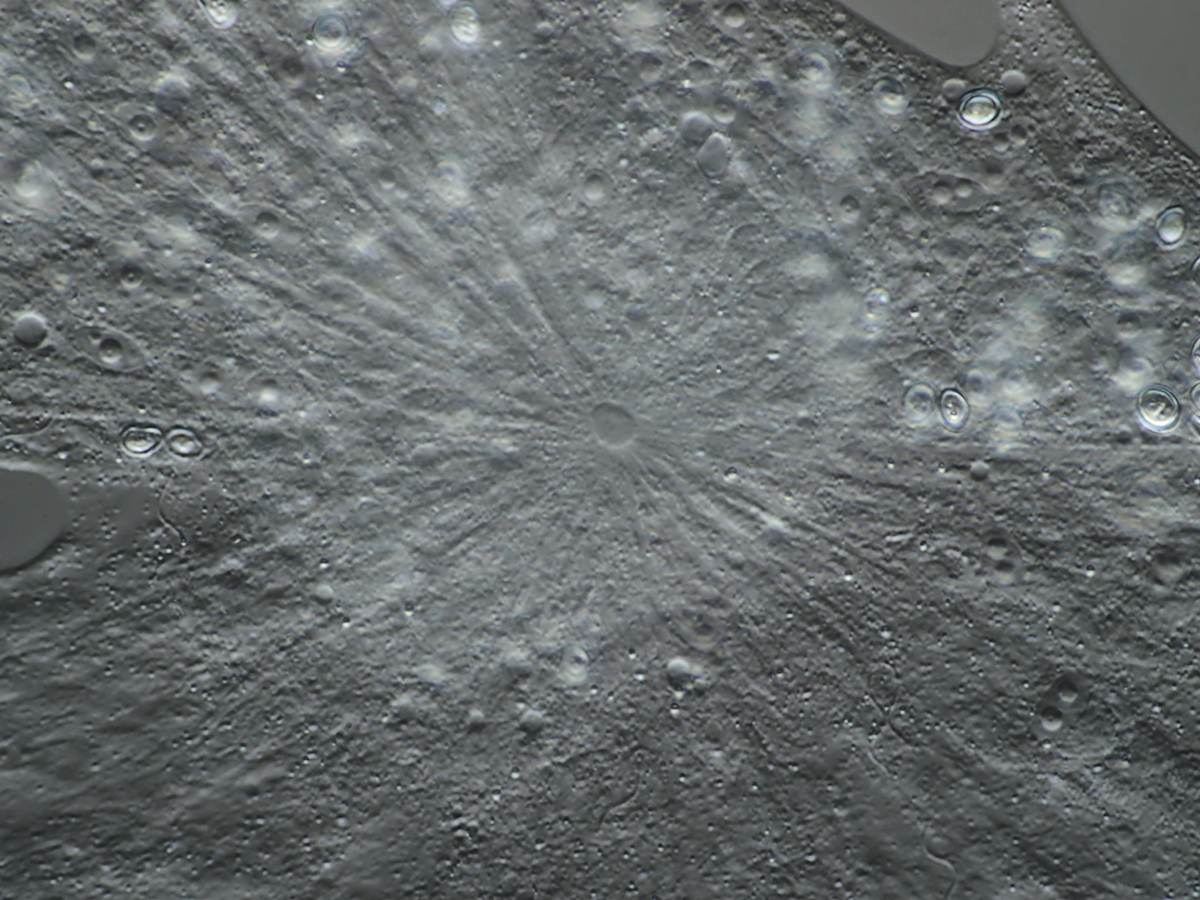
Biomyxa vagans - Amoeboza
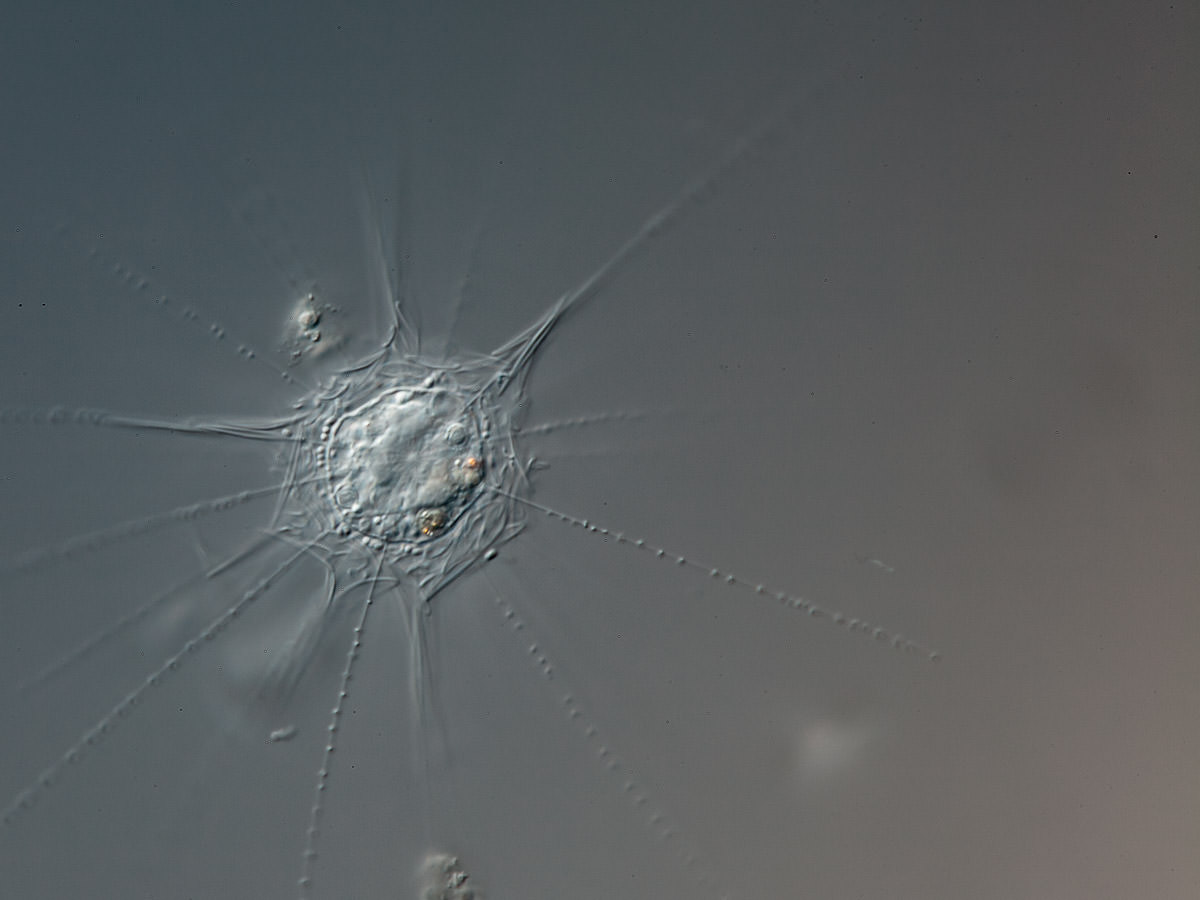
Centrohelida

Centrohelida
Eukaryotic flagellum; a cell membrane-bound extension supported by a microtubular-based axoneme and a basal body or kinetosome.
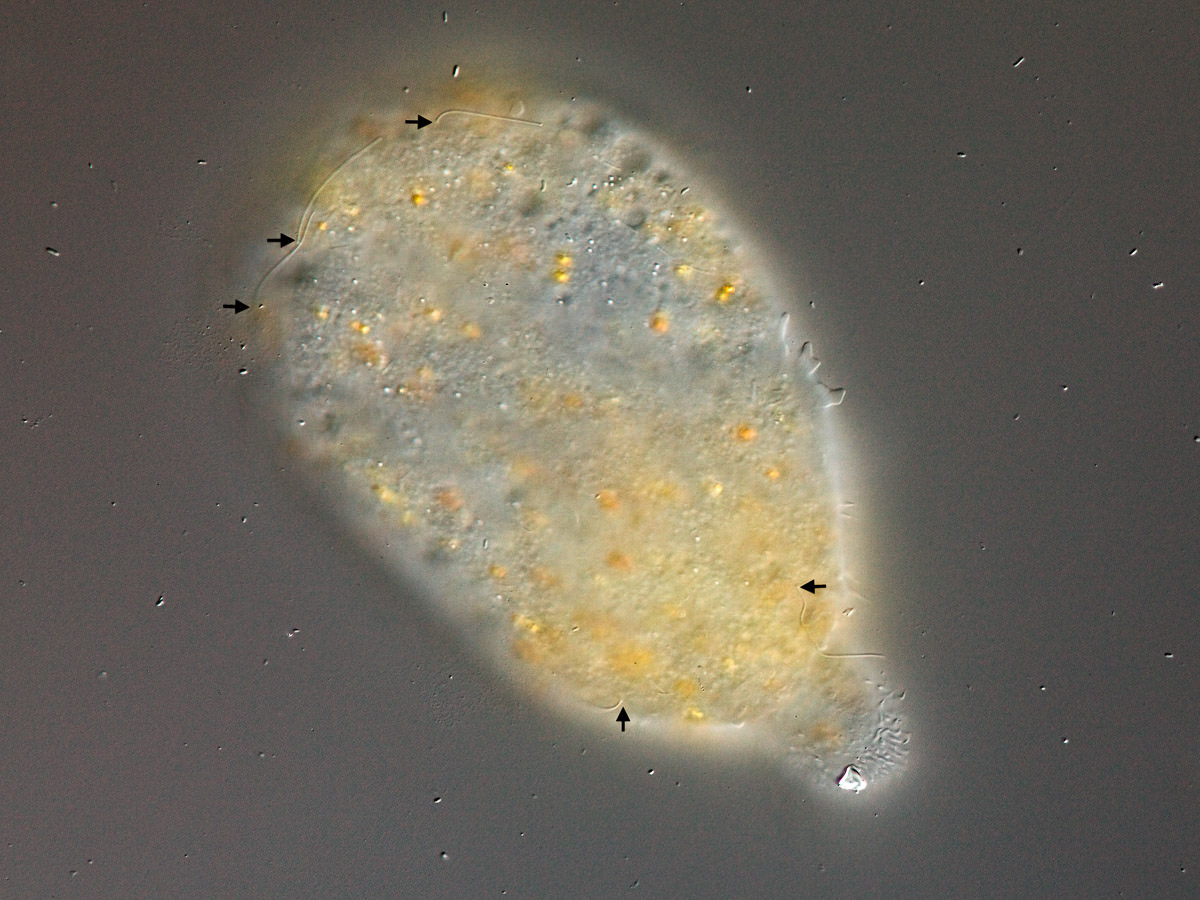
Mulitple cilia on Pelomyxa

Artodiscus
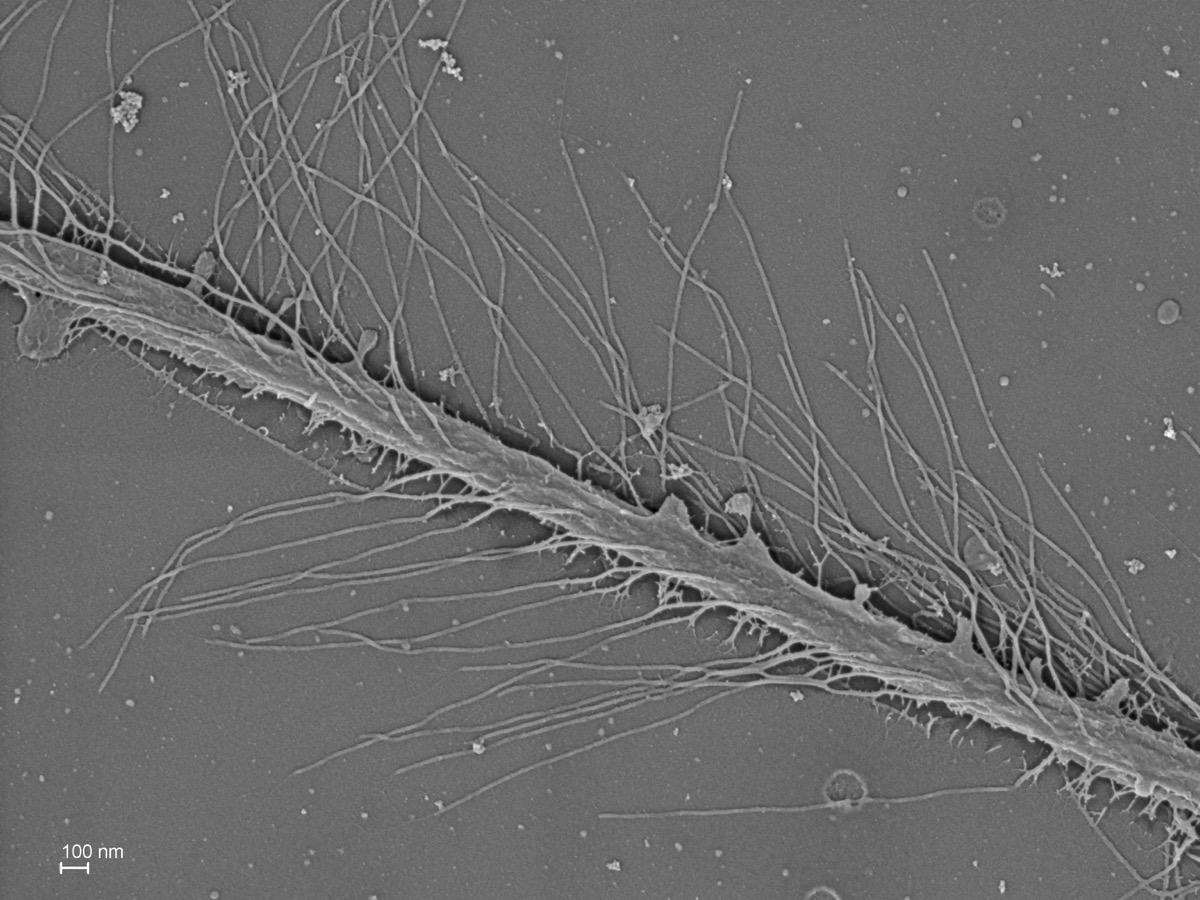
Long anterior cilium of a stramenopile cell.
Vacuole with crystal of nitrogenous waste products; the form of the crystals is an important trait.

Foraminifera
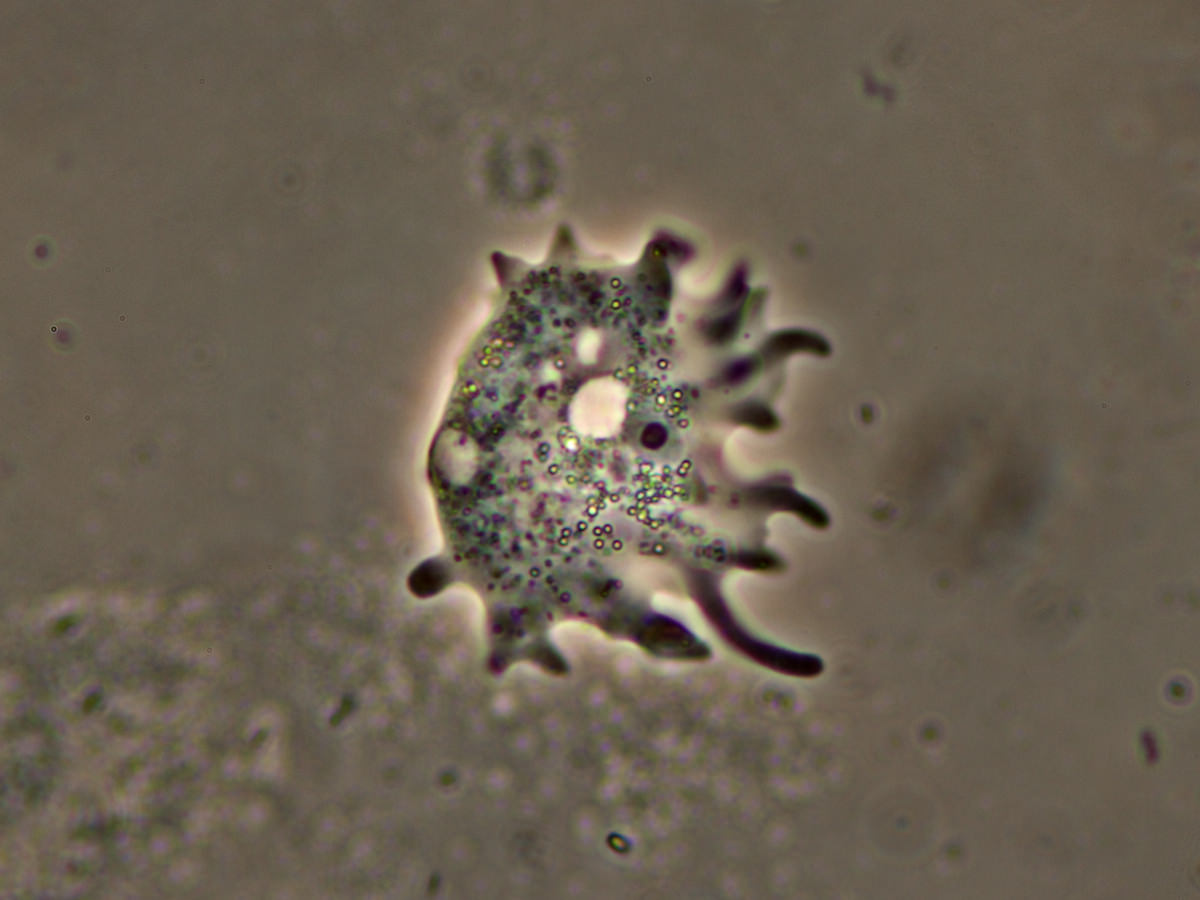
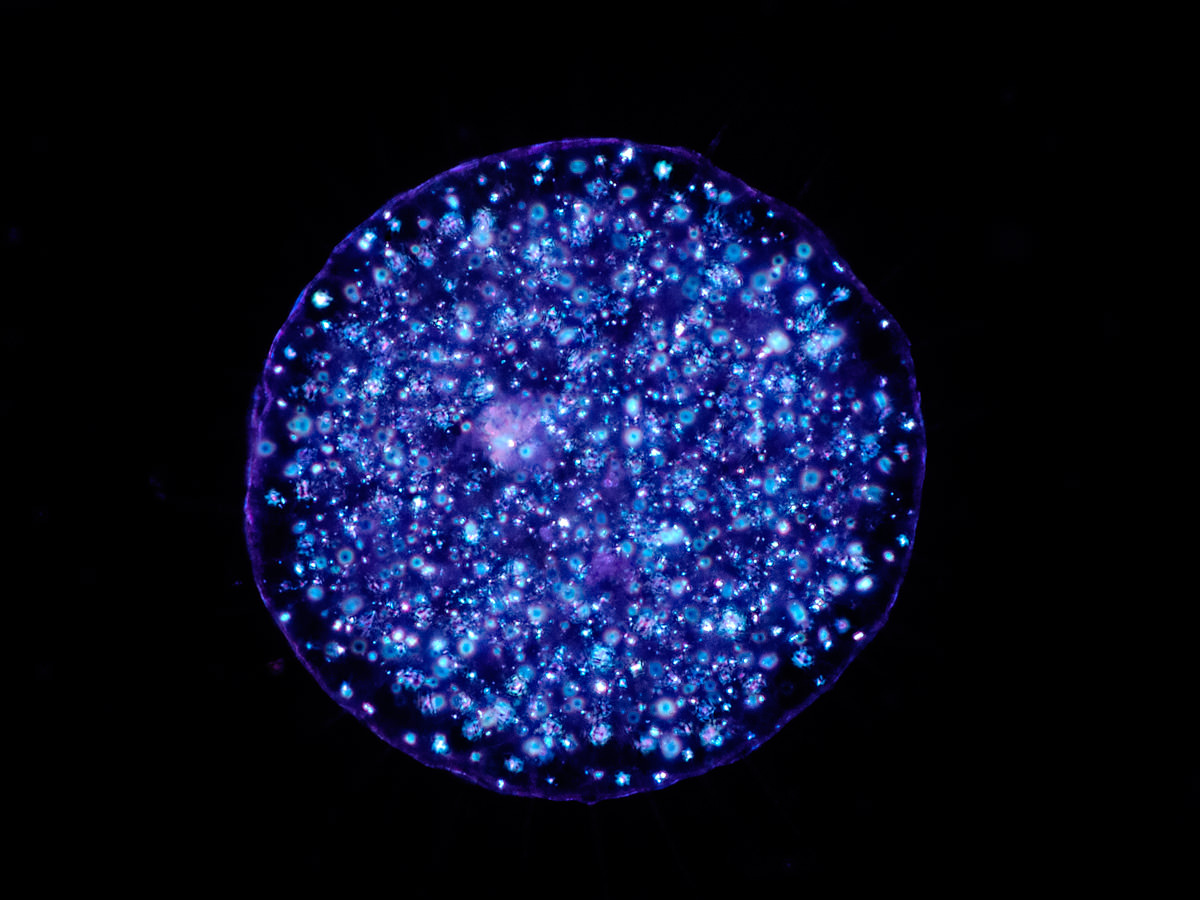
Species that eat other species.

Mayorella with algae in food vacuole

Nuclaria has consumed a Spiragyra algae, by quickly feeding and multiplying

Pomopholyxophrys with another large amoeba as prey
Resting stage in the life cycle with a protective wall. With distinct function (digestion, reproduction, resting) or multifunctional.
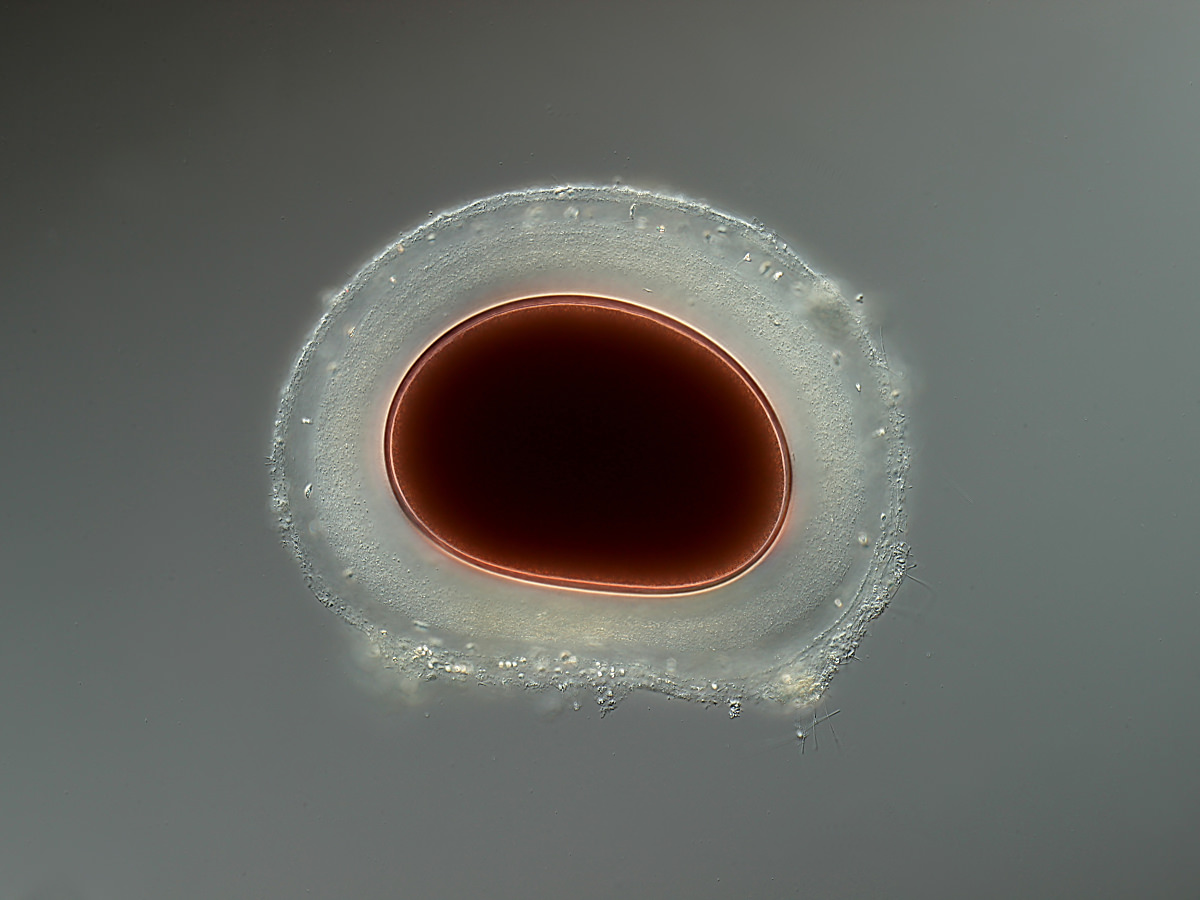
Recituclomyxa

Korotnevella limbata with distinct cyst-scales
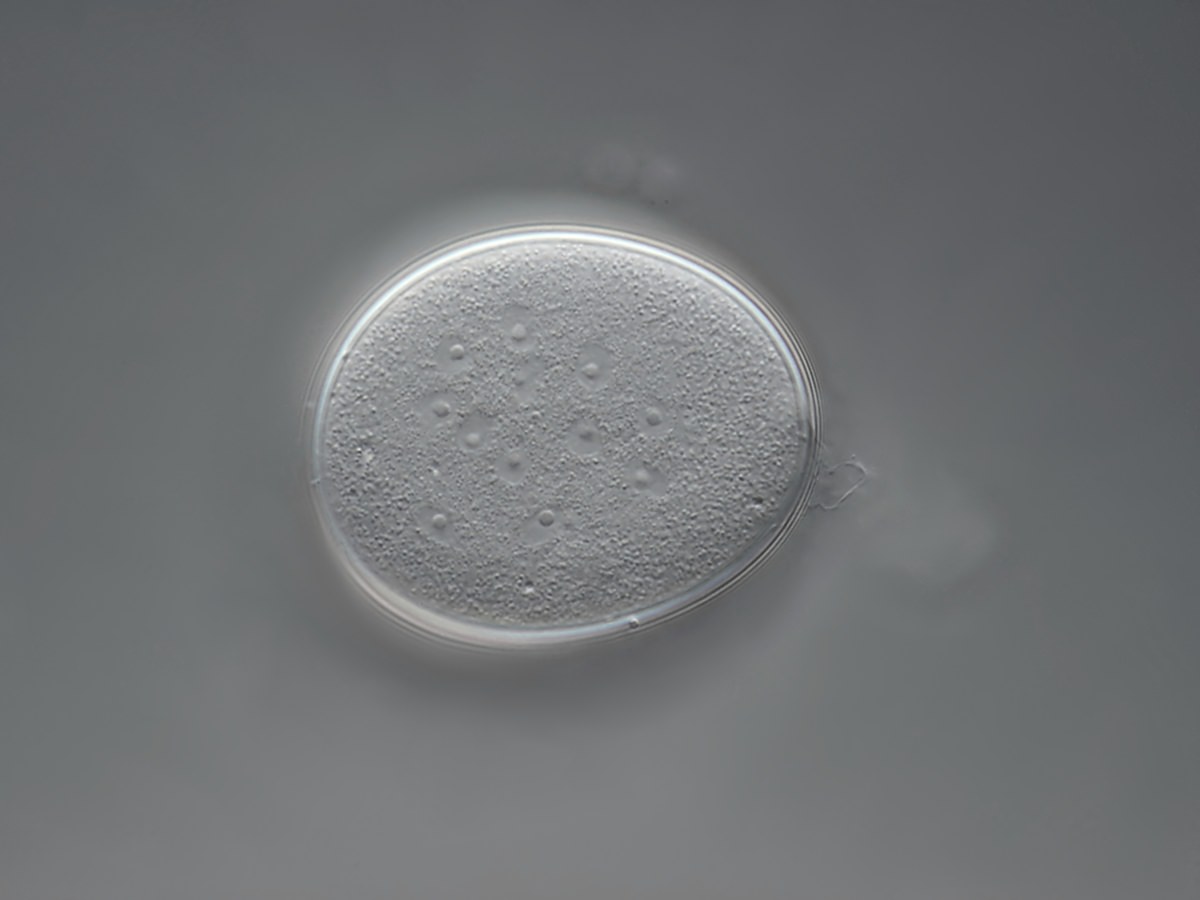
Leptomyxiid
The entire liquid portion of a cell; liquid cytosol, organelles and inclusions.
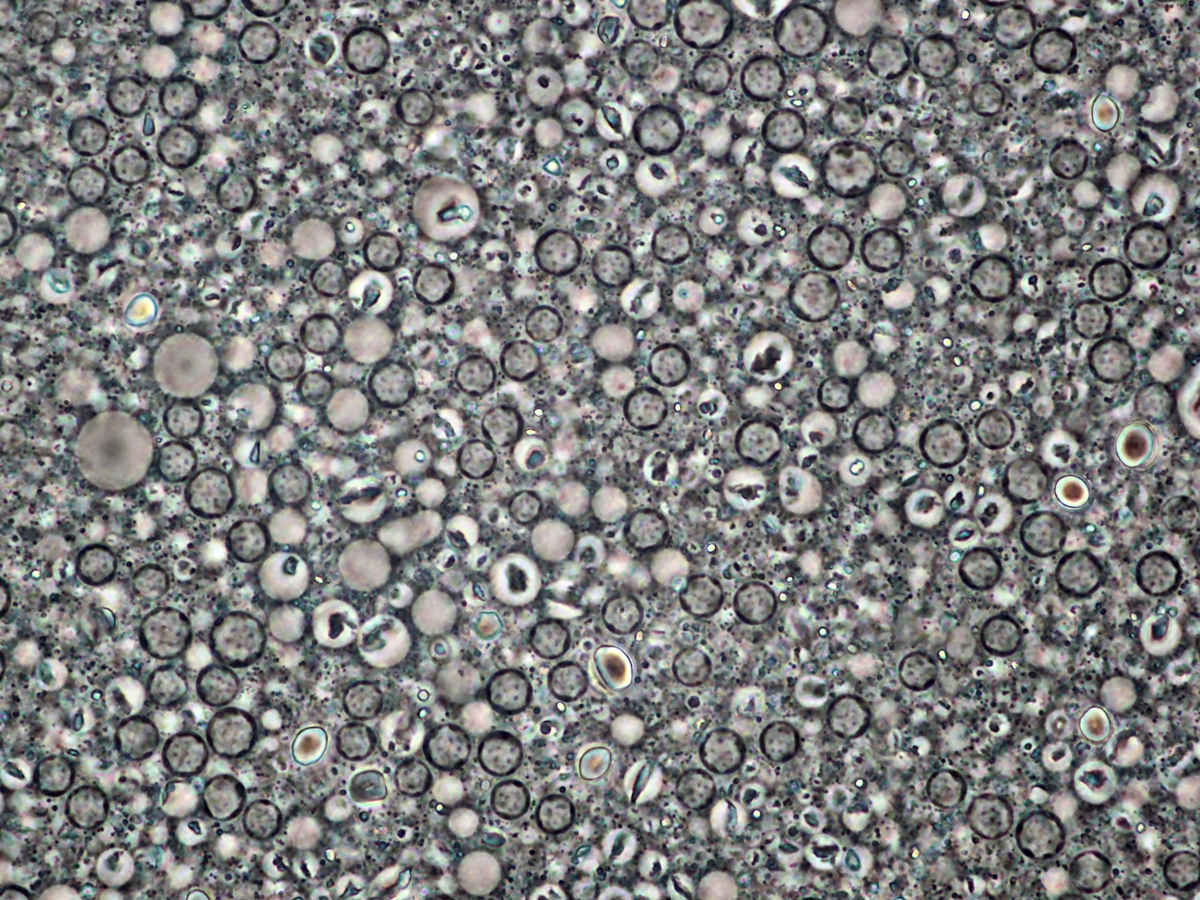
Foraminifera
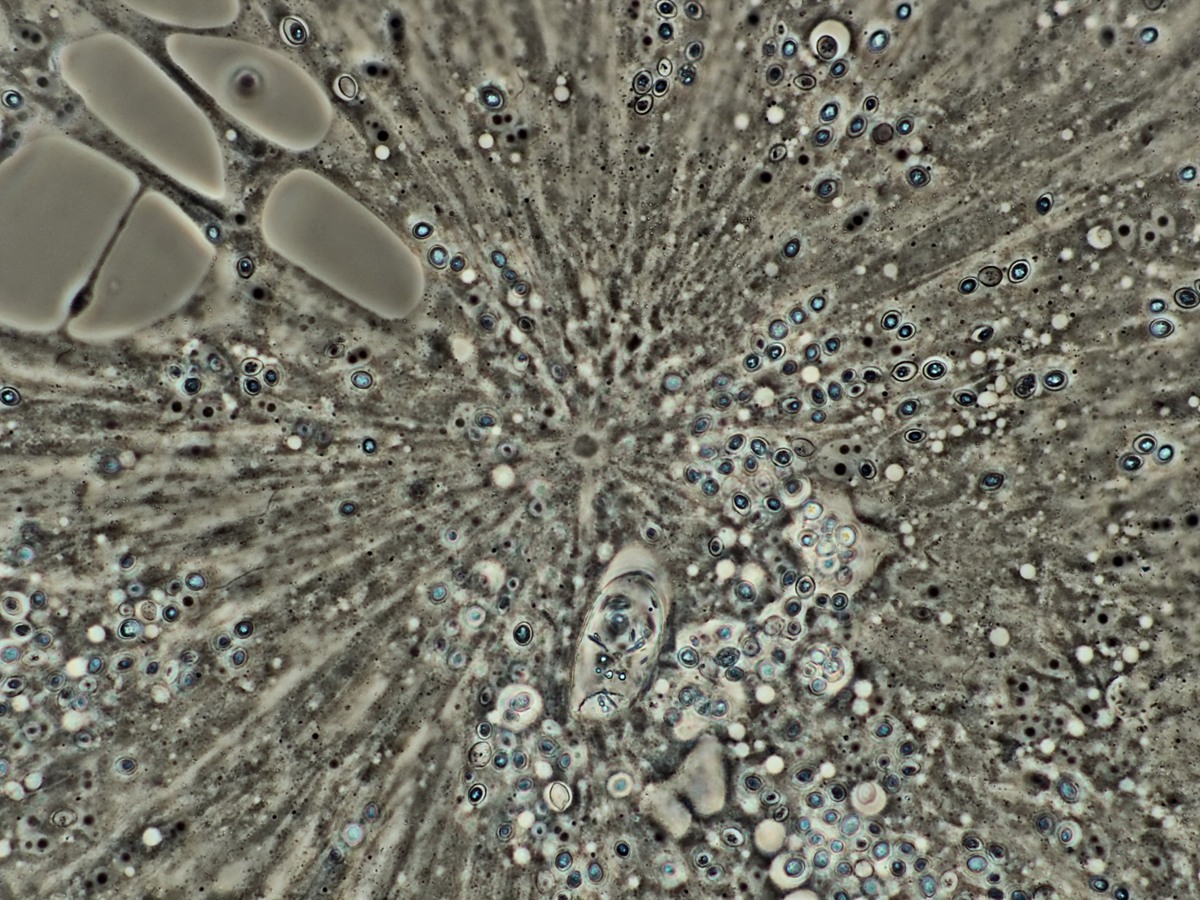
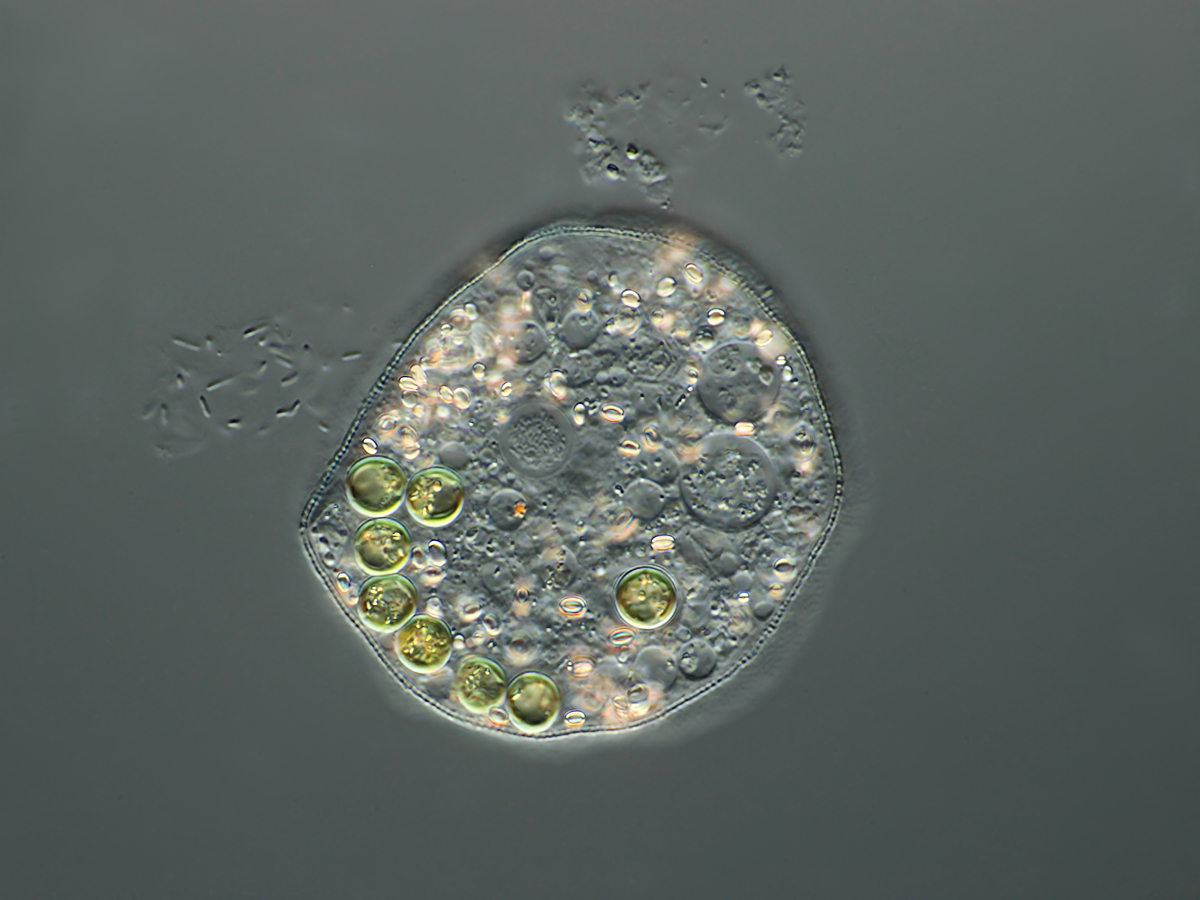
Cochliopodium with nucleus, food vacuoles, symbiotic algae and crystals
Cell anus; region where waste material is ejected to leave the cell.
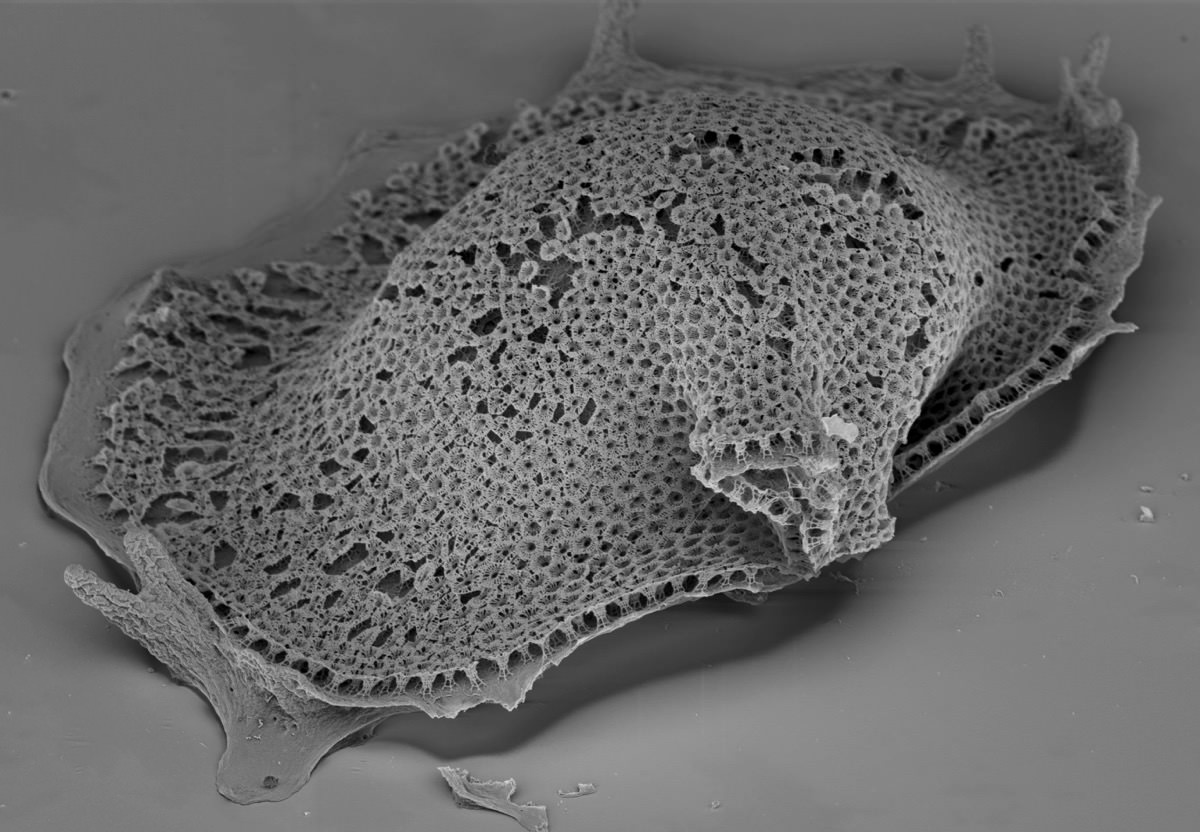
Foraminifera
Cell mouth; pseudostome.
Finger-shaped pseudopodia.
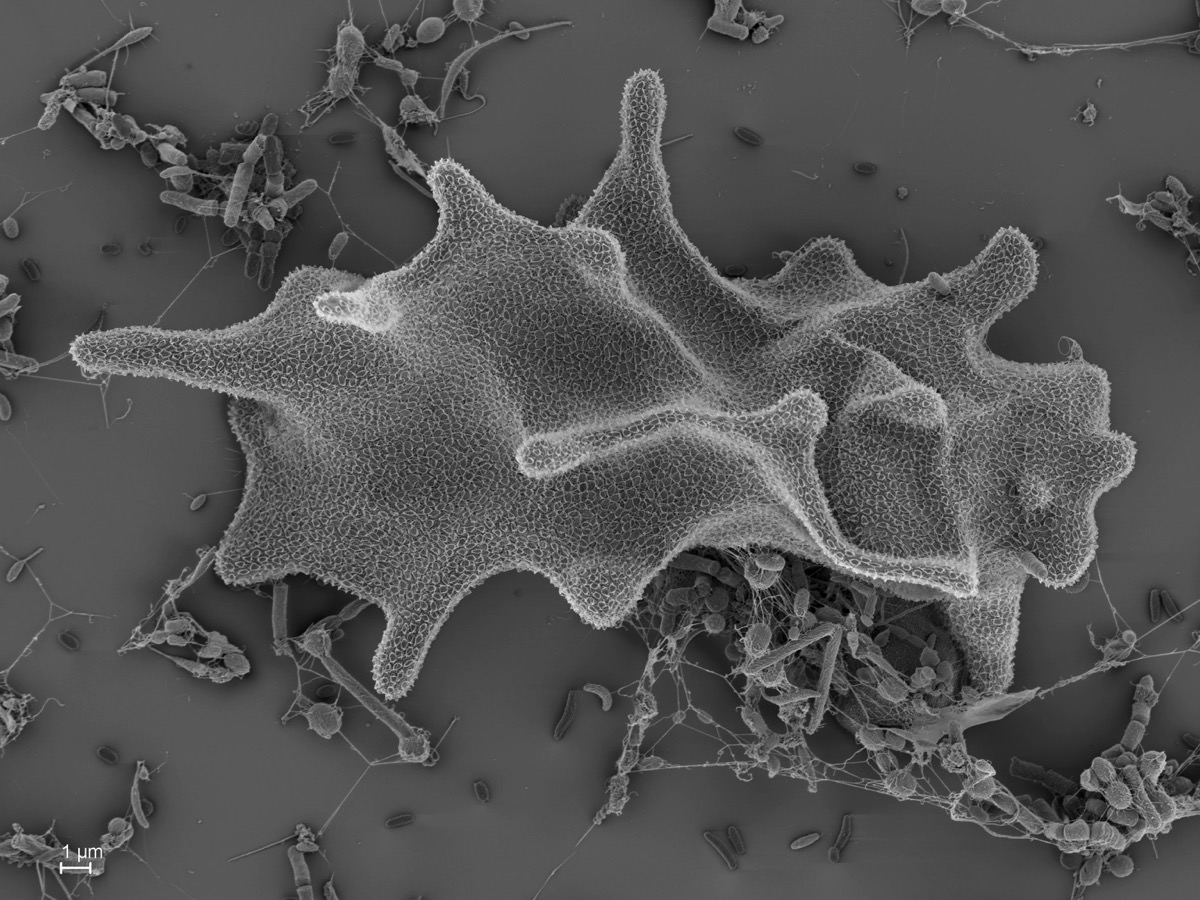
Korotnevella
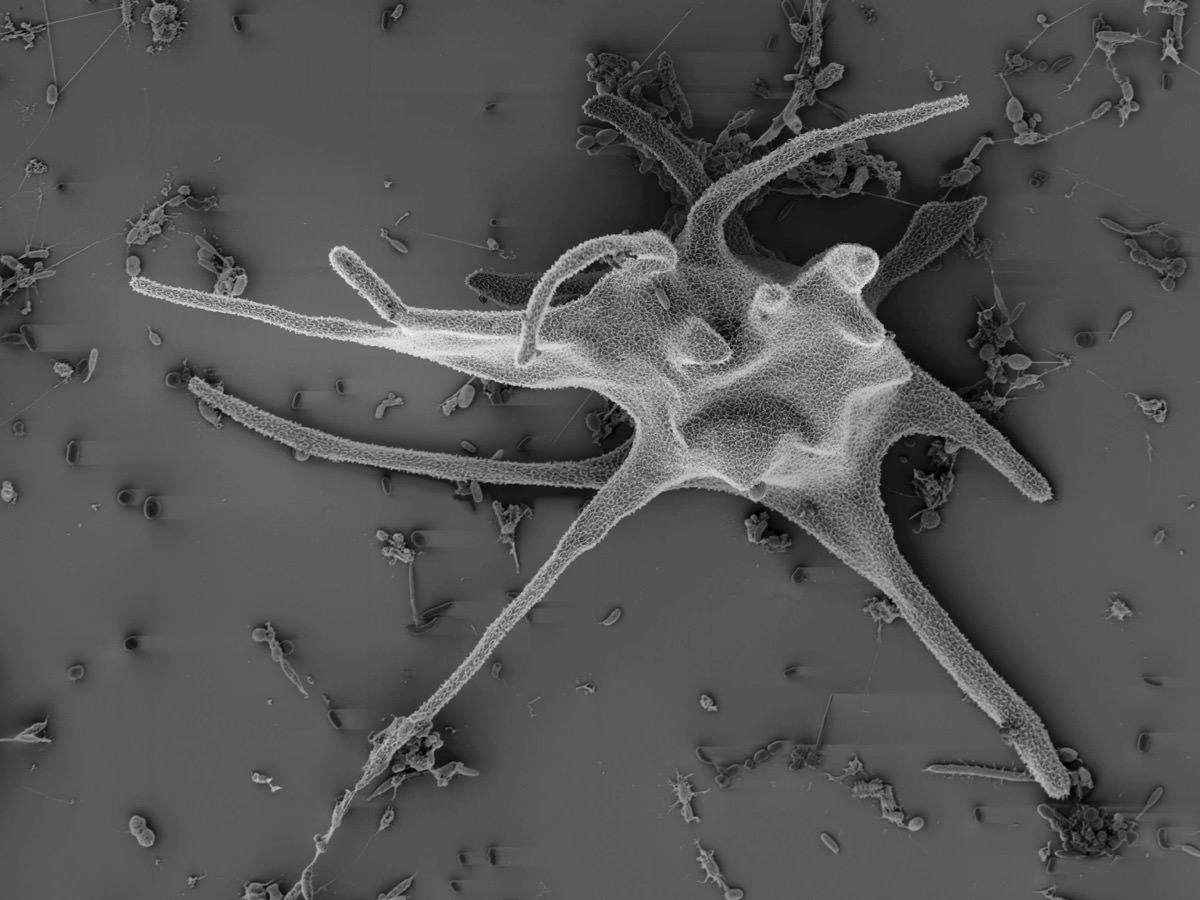
Korotnevella
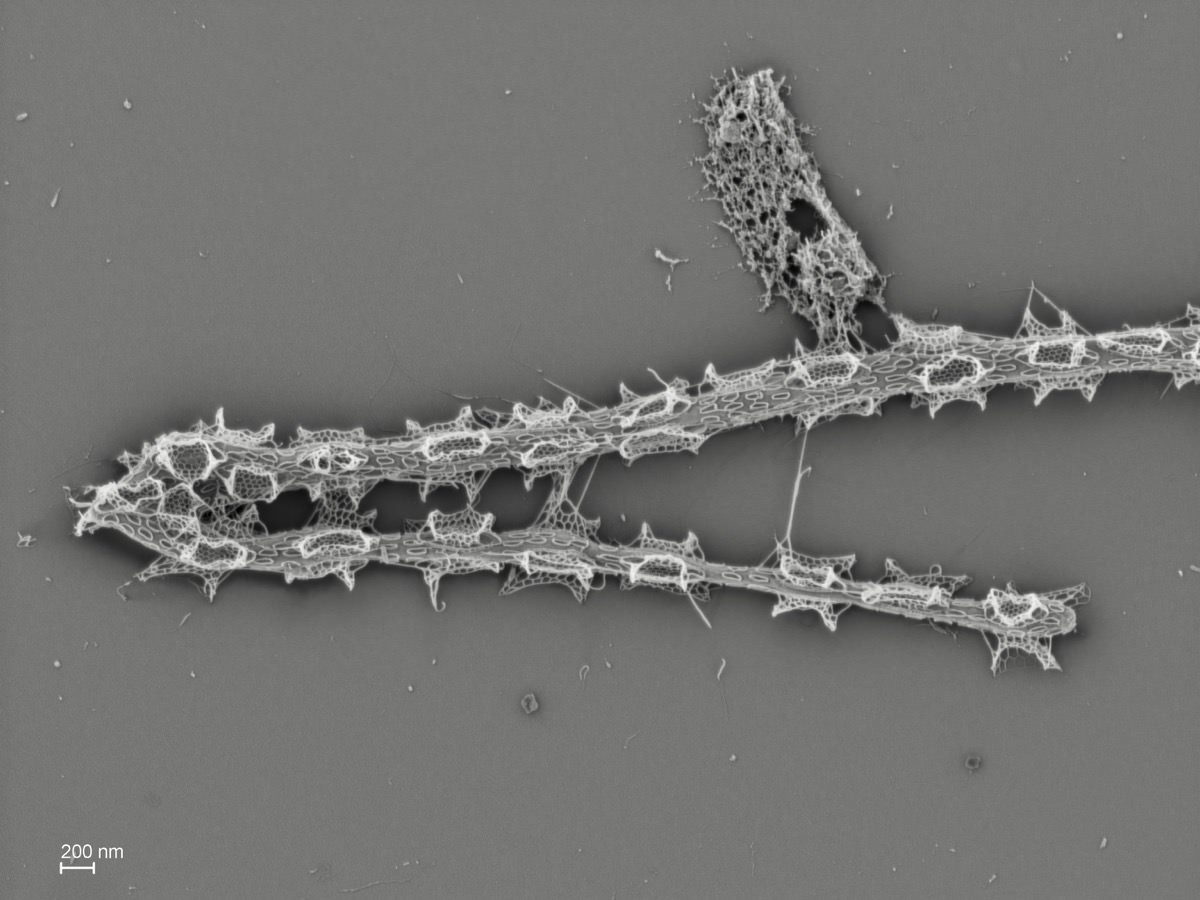
Korotnevella
Symbiotic bacteria in the glycocalix.
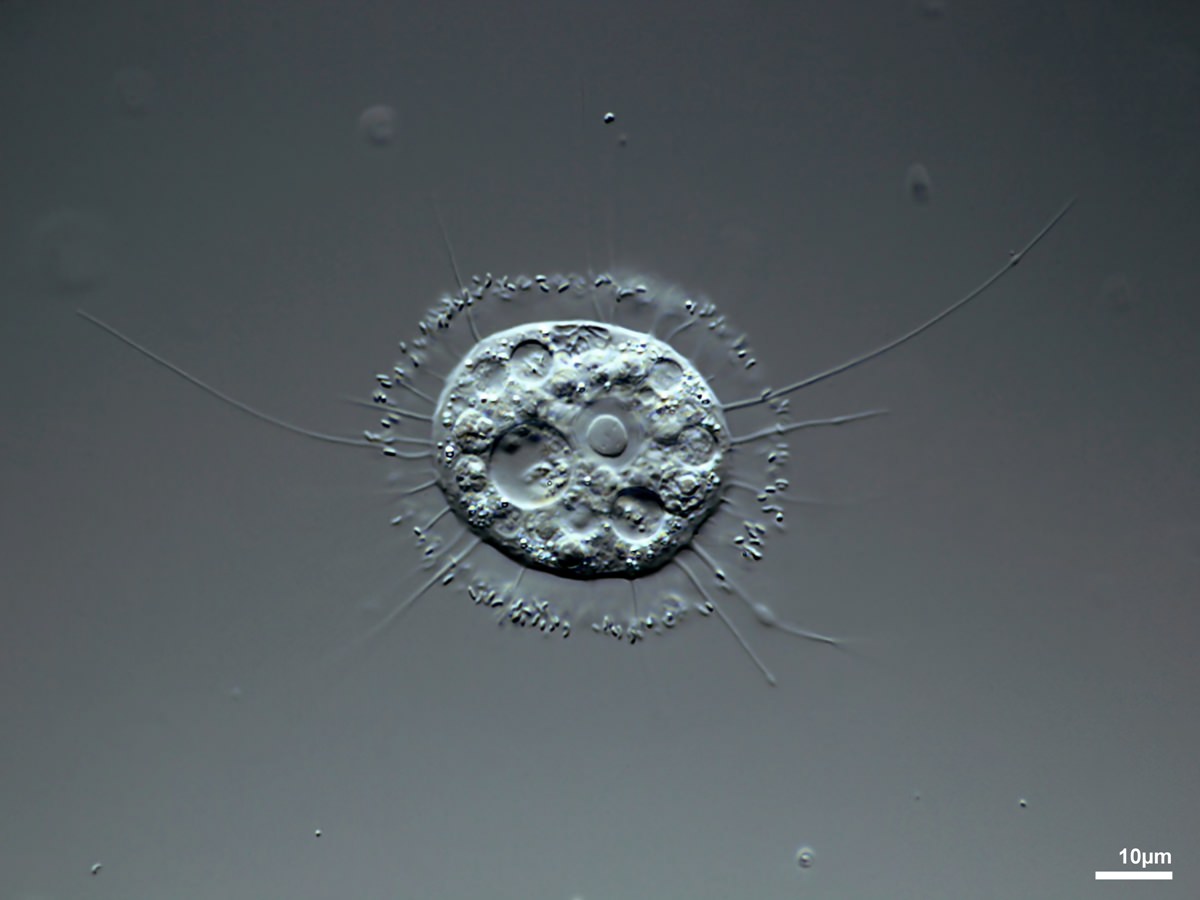
Forming a cyst or becoming enclosed in a cyst.

Leptophrys shortly before encystment
Symbiotic bacteria in vacuoles within the cytoplasm.
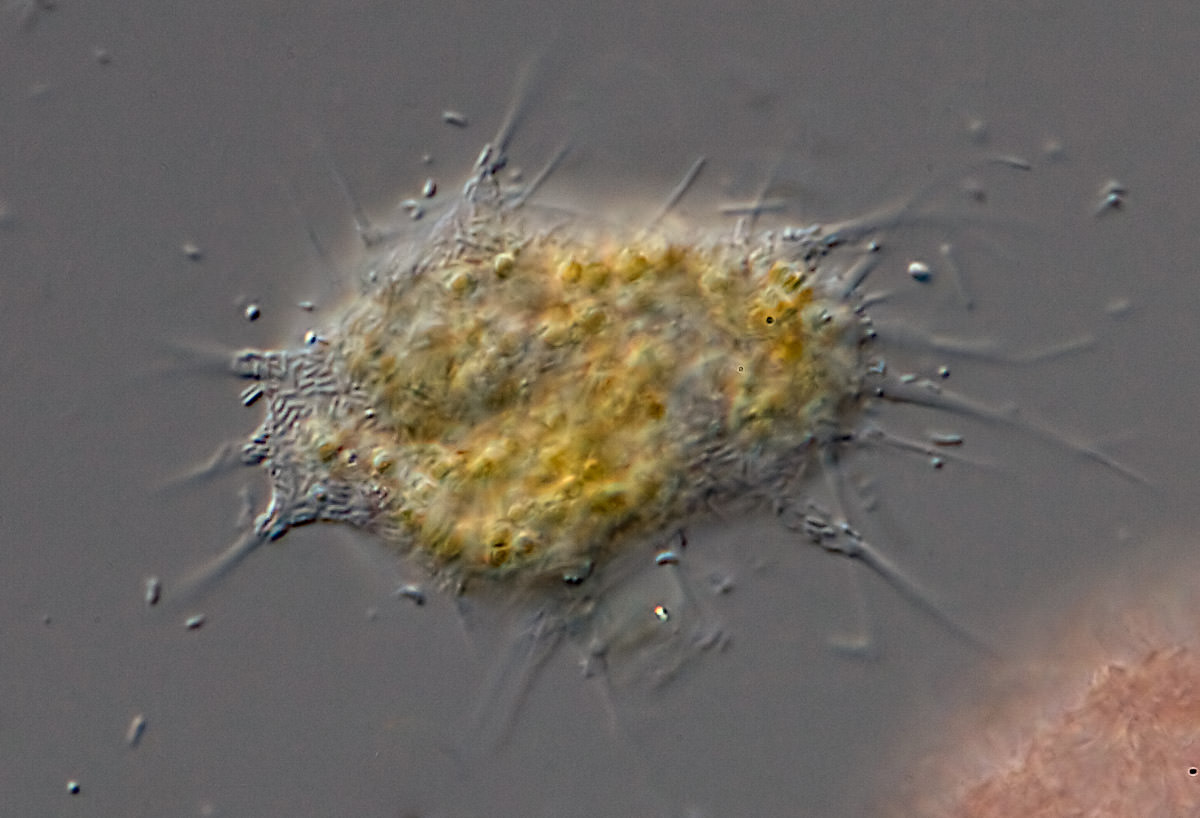


Plasma projection in shelled amoebae to connect the protoplast with the shell.

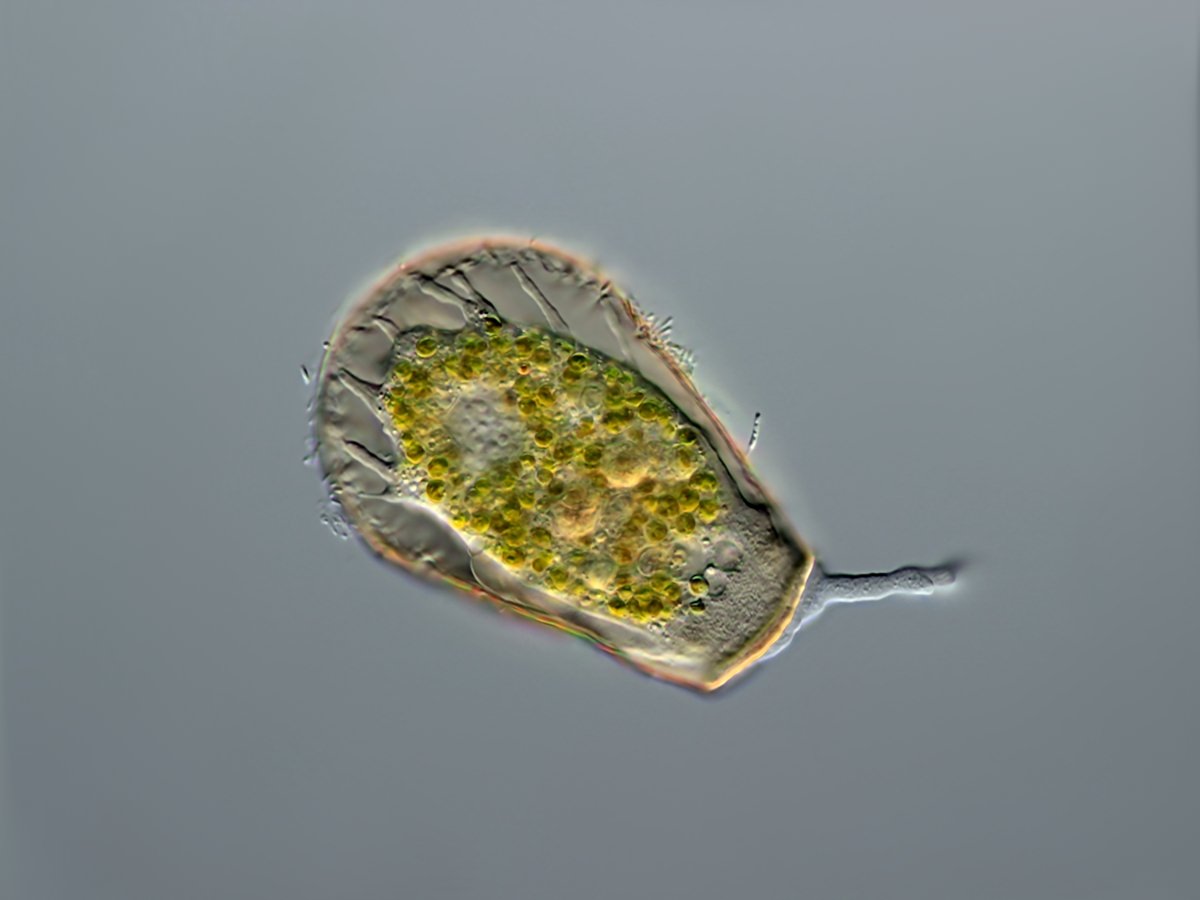
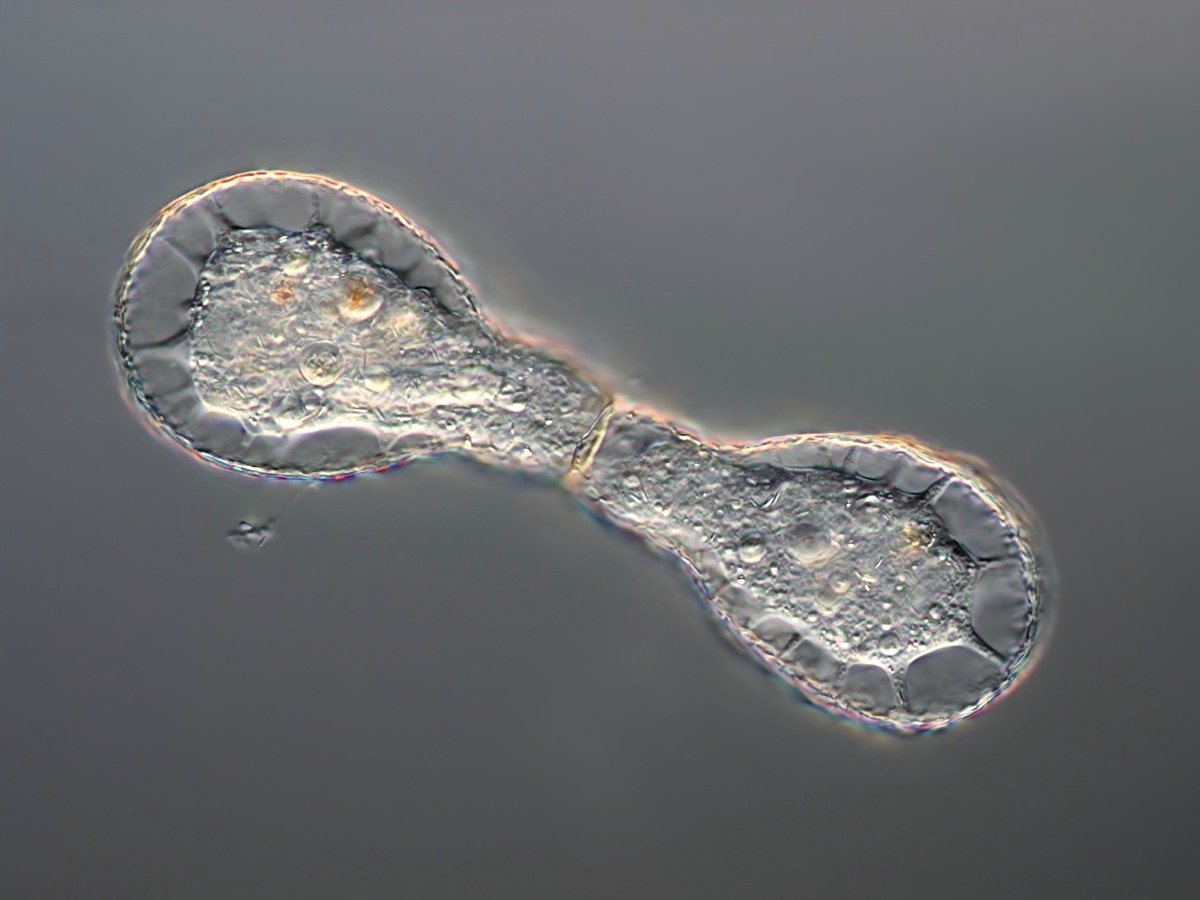
Export of material (non-digestible food particles) out of the cell; defecation.
Membrane-bound structure that can be extruded (e.g. trichocyst, haptocyst, kinetocyst).
Emergence from a cyst by local softening the cyst wall or by passing through a pre-formed annulus.

Leptophrys emerging from a cyst.

Empty Leptophrys cysts. The amoeba encysts to digest and devides. Two trophozoites perforate the cyst wall and emerge.
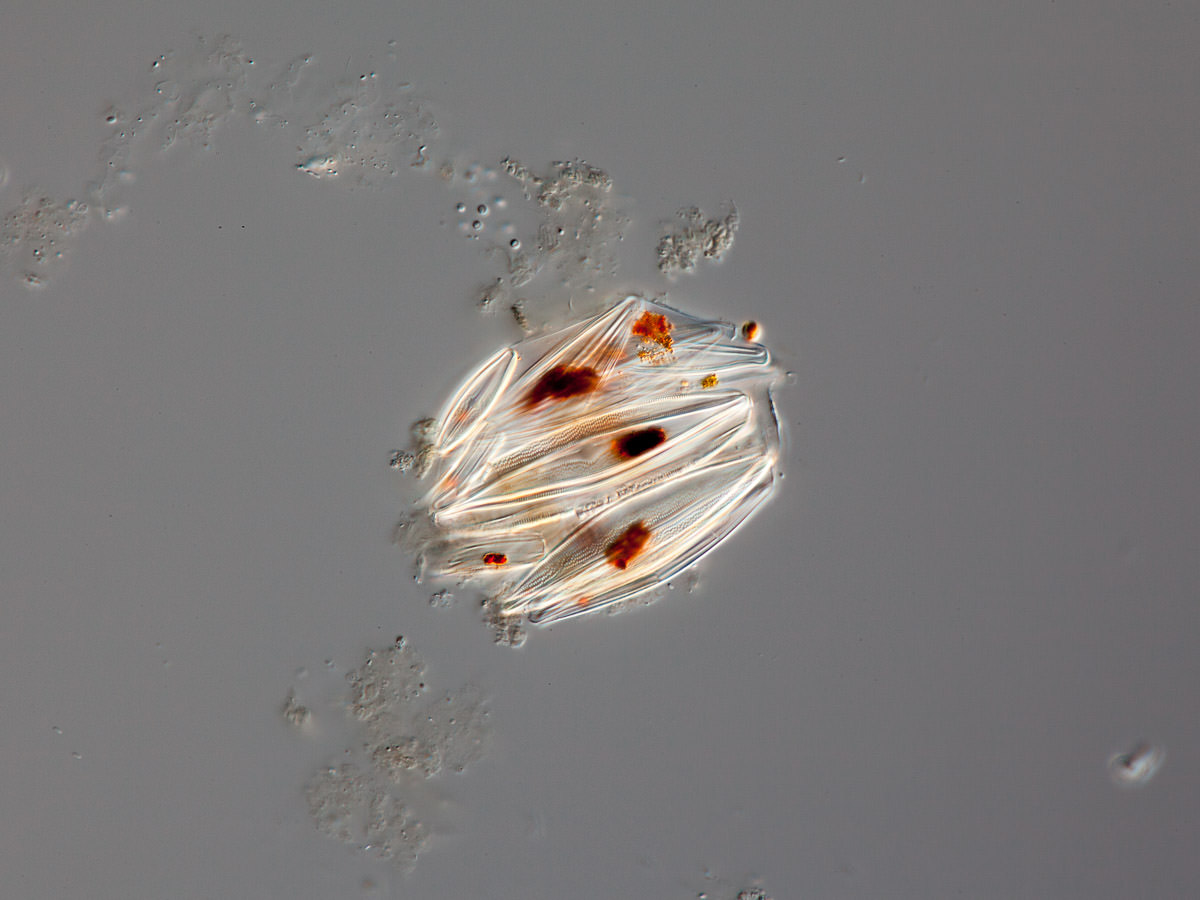
Empty Leptophrys cyst. The amoeba encysts to digest and devide.
Pigmented area (synonym: stigma).
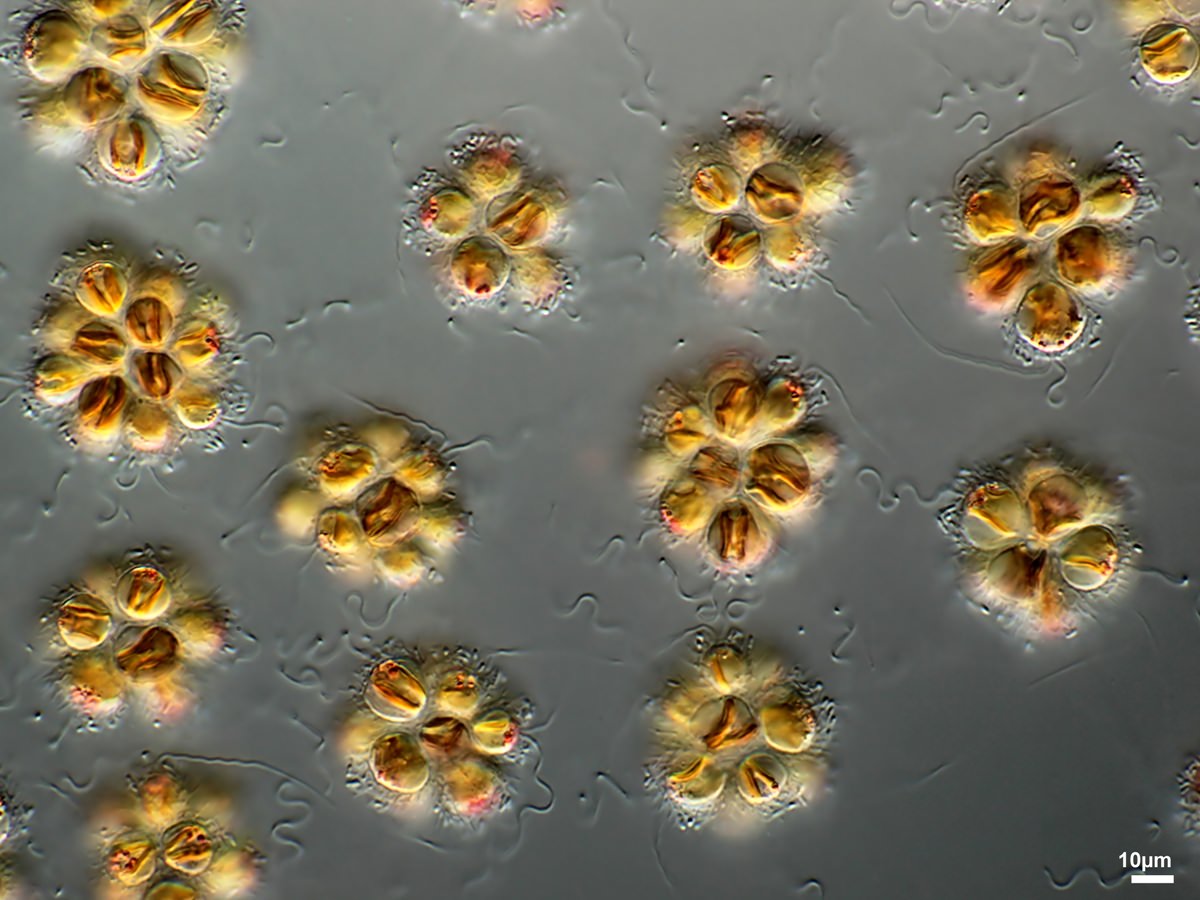
Synura
Fine filamentous pseudopodia, containing no granuloplasm or microtubules, sometimes branching, but never anastomosing.

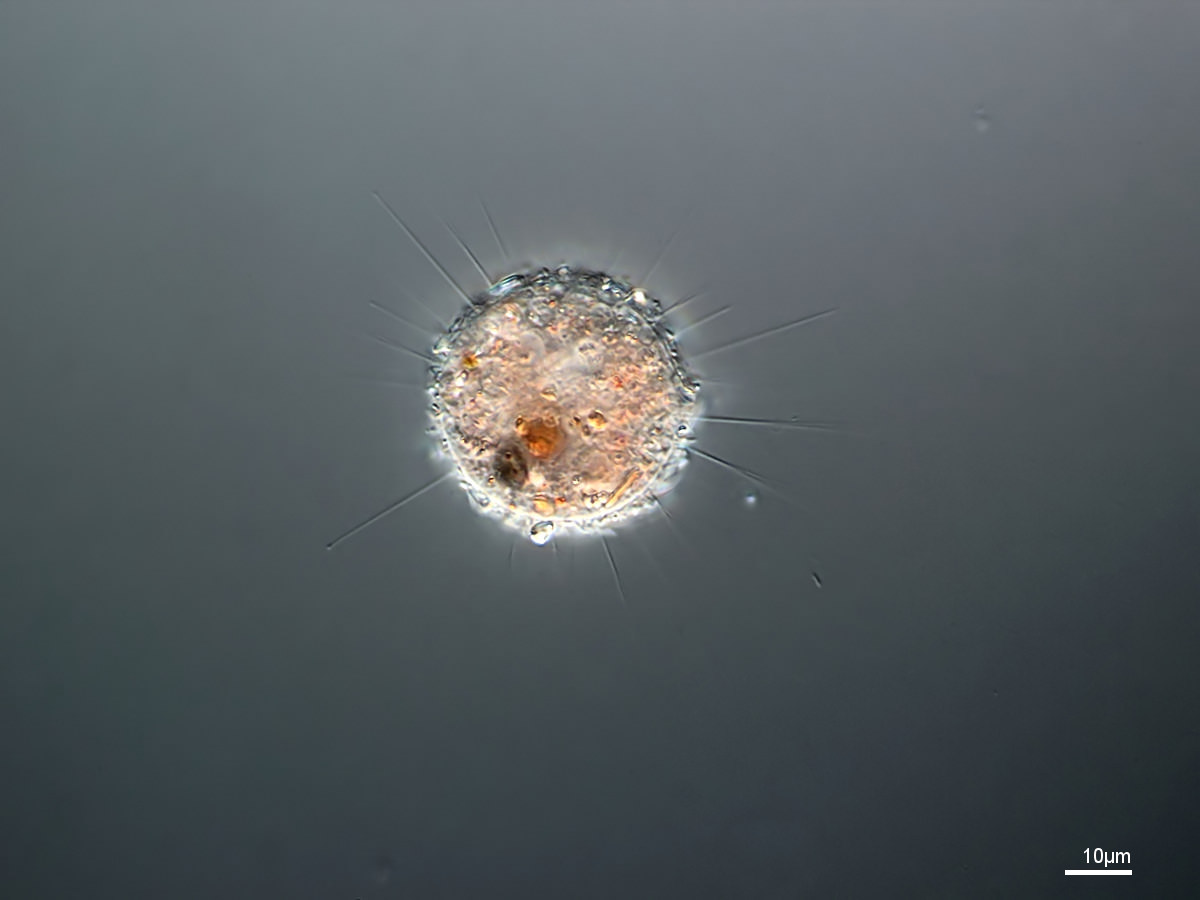
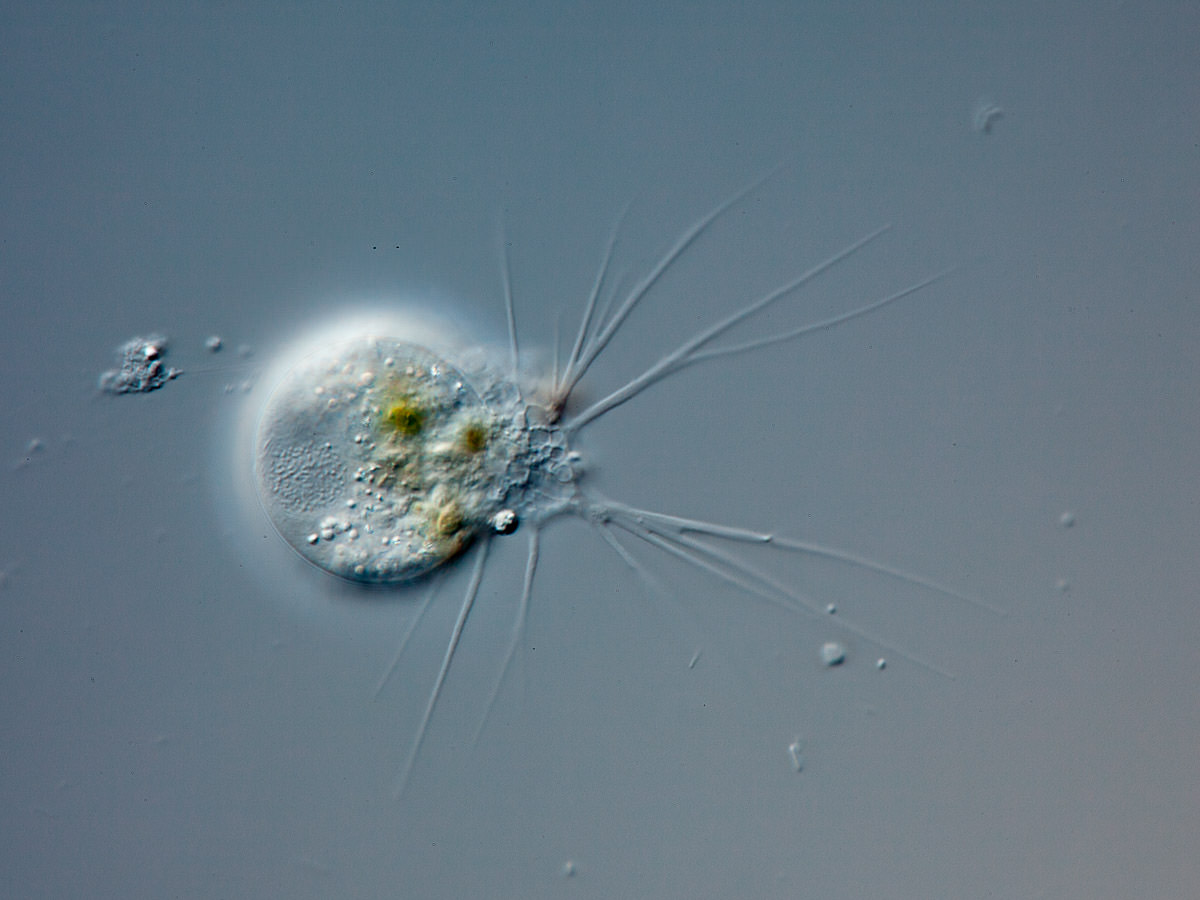
Cell coat; layer of polysaccharids and proteins anchored in the cell membrane.

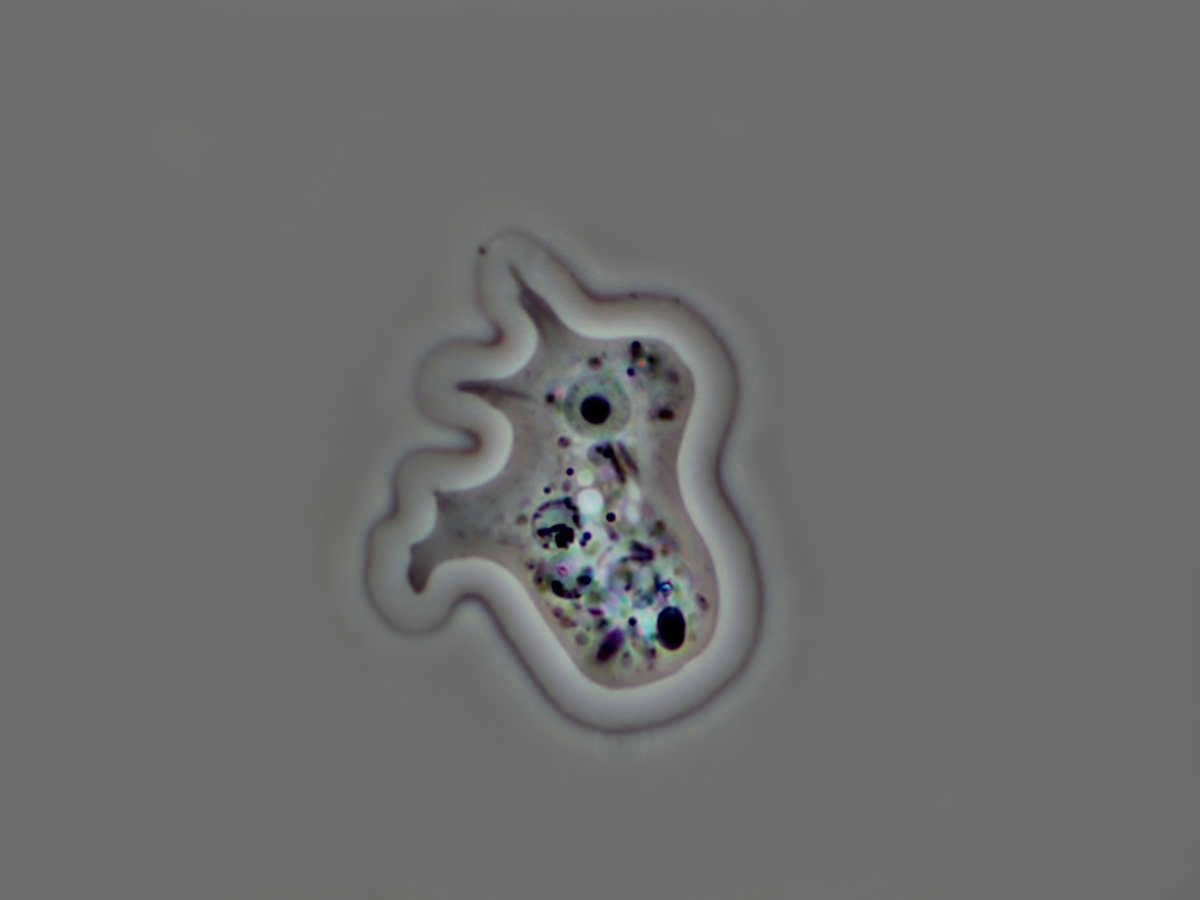


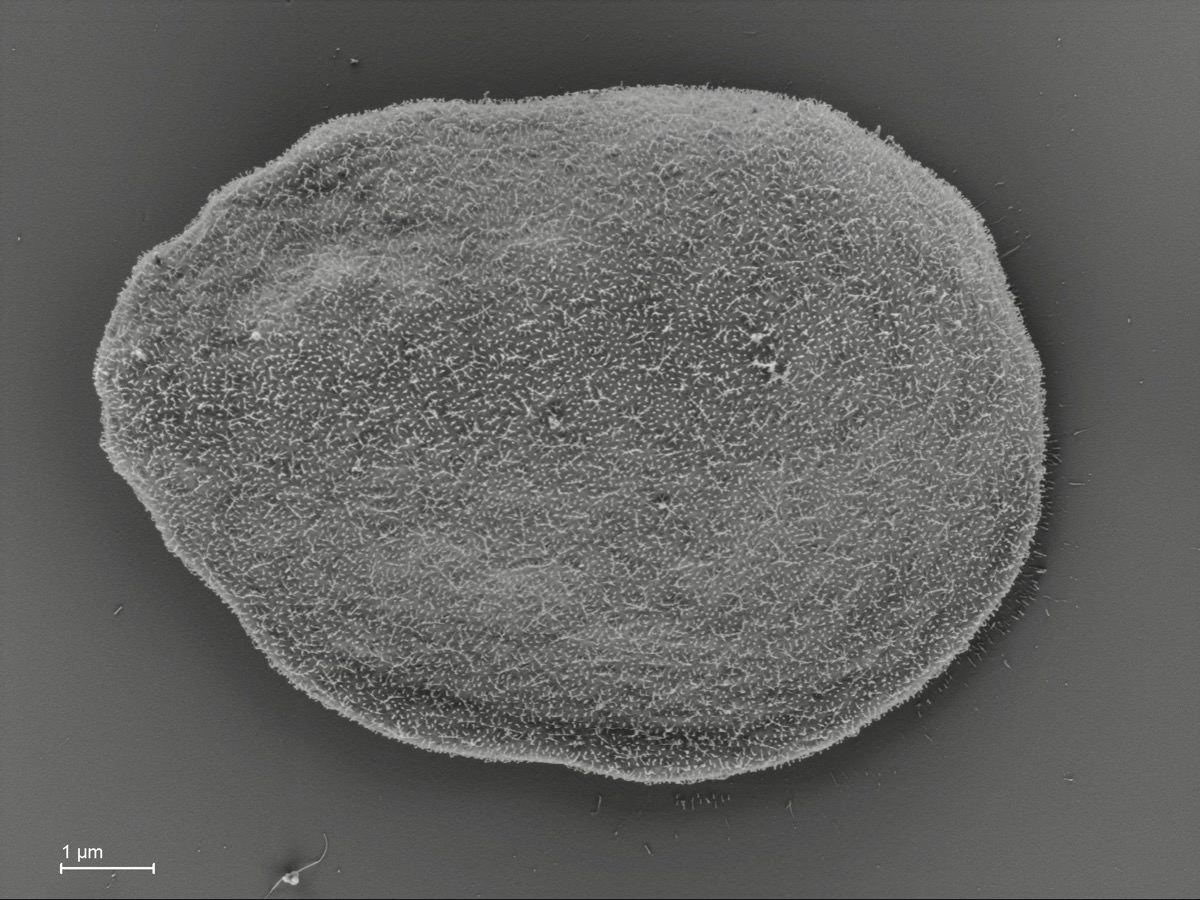

Vertical and prismatic structures in the glycocalix of amoebae.
Fine filamentous pseudopodia, with granules (extrusomes), sometimes branching and anastomosing.
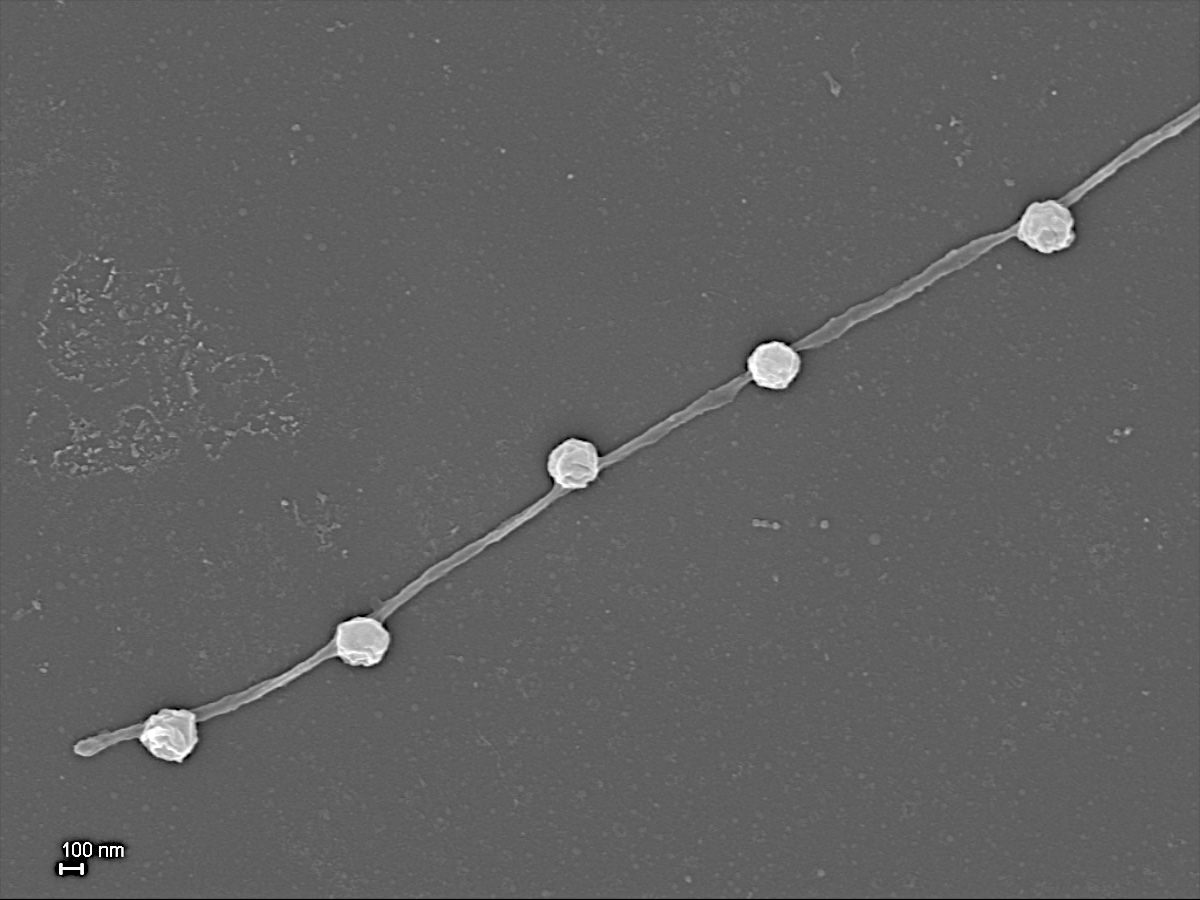

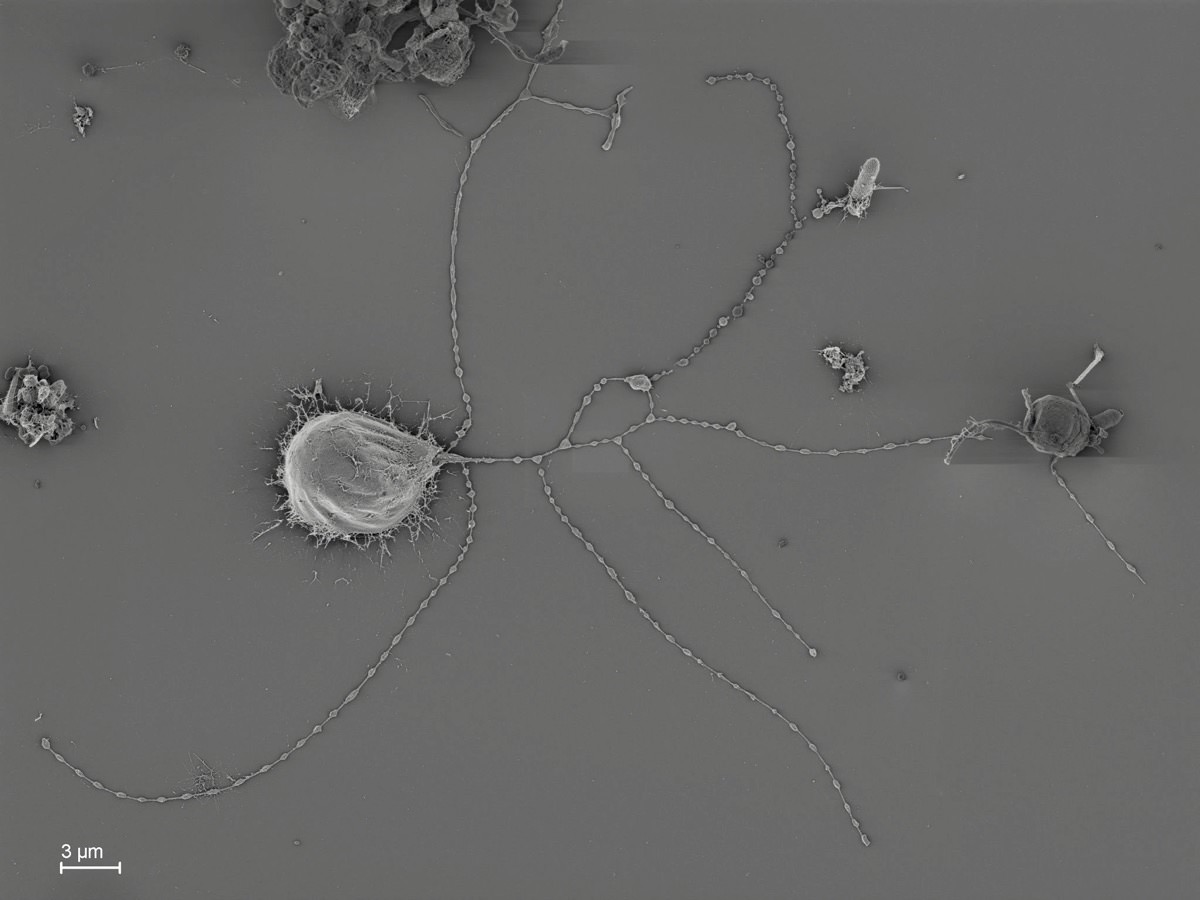
Network of reticulopodia with internal bundles of microtubules and granuloplasm; bidirectional plasma streaming (Foraminifera).

Inclusion-free, almost transparent cytoplasm.
Hydrogenosome: membrane-bound organelle in some anaerobic protists; generates H2 to turn oxygen into H2O; of endosymbiotic origin.
Membrane-bound organelle in some anaerobic protists; generates H2 to turn oxygen into H2O; of endosymbiotic origin.
More or less broad, with cytoplasmic streaming; may have a clear hyaline region at the front.

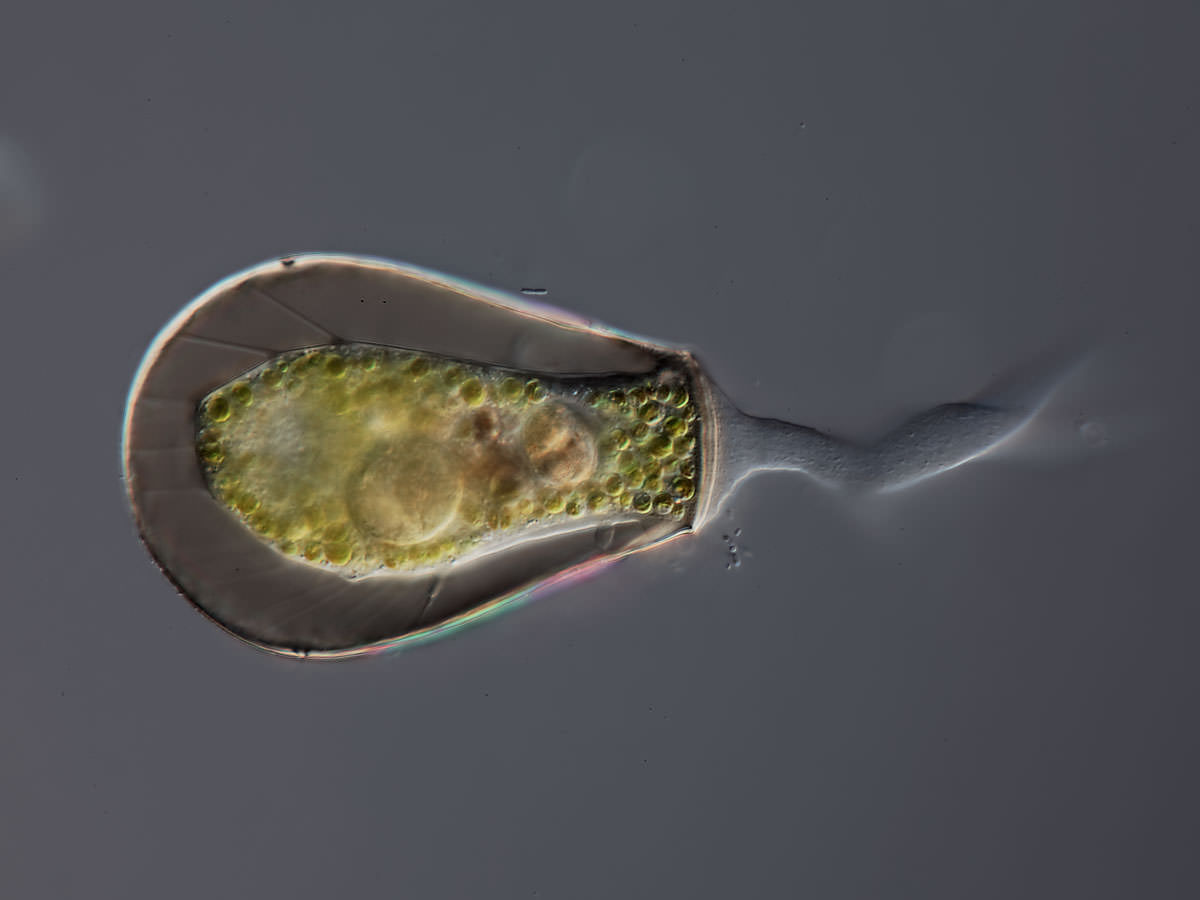
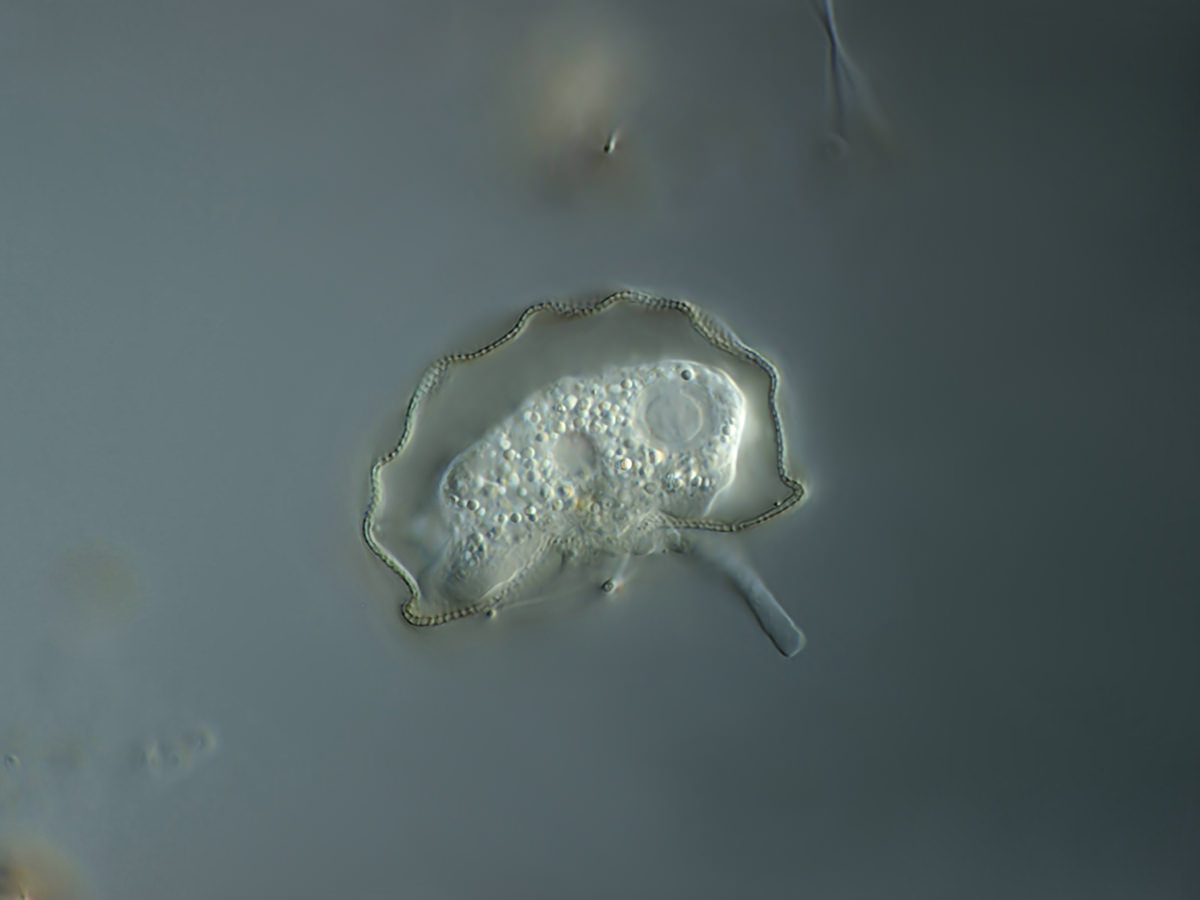
Multinucleate cell.
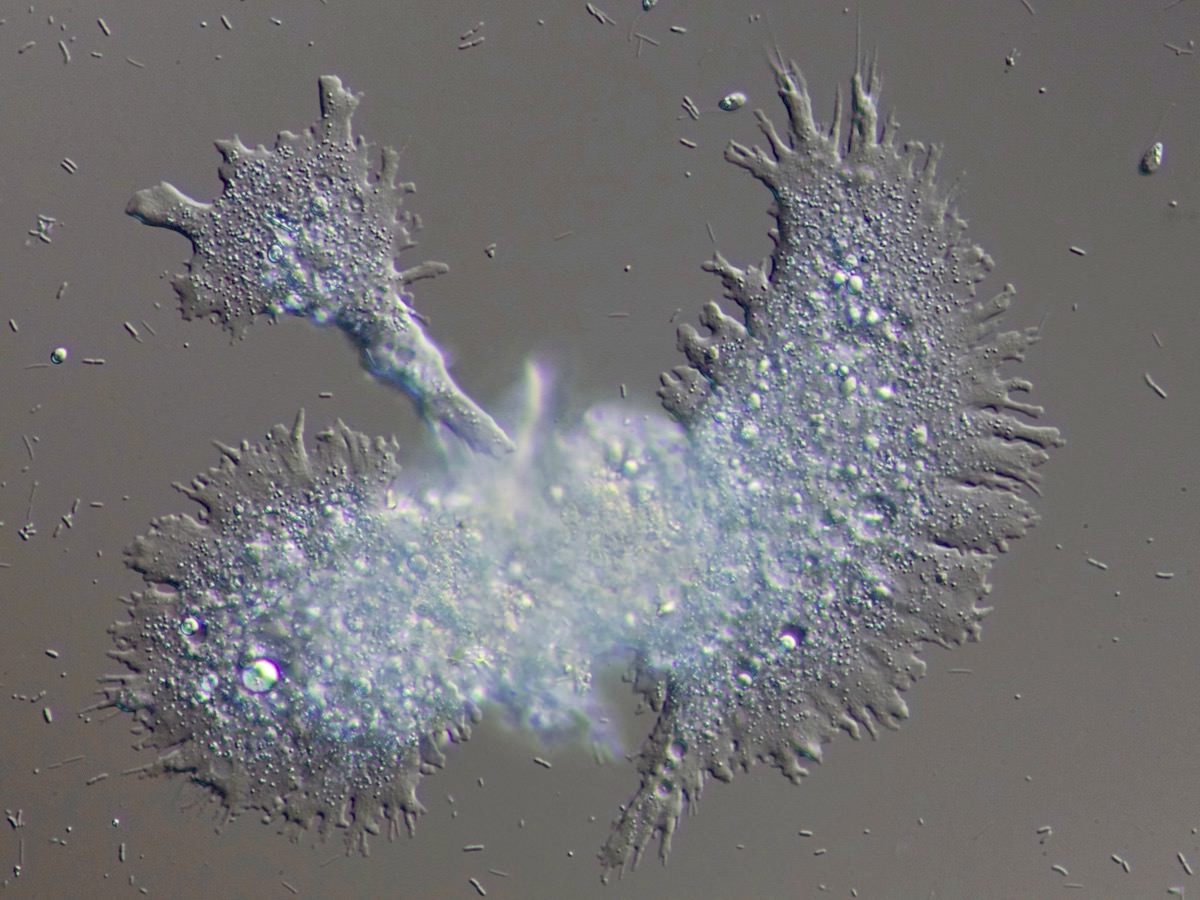
Leptomyxiid
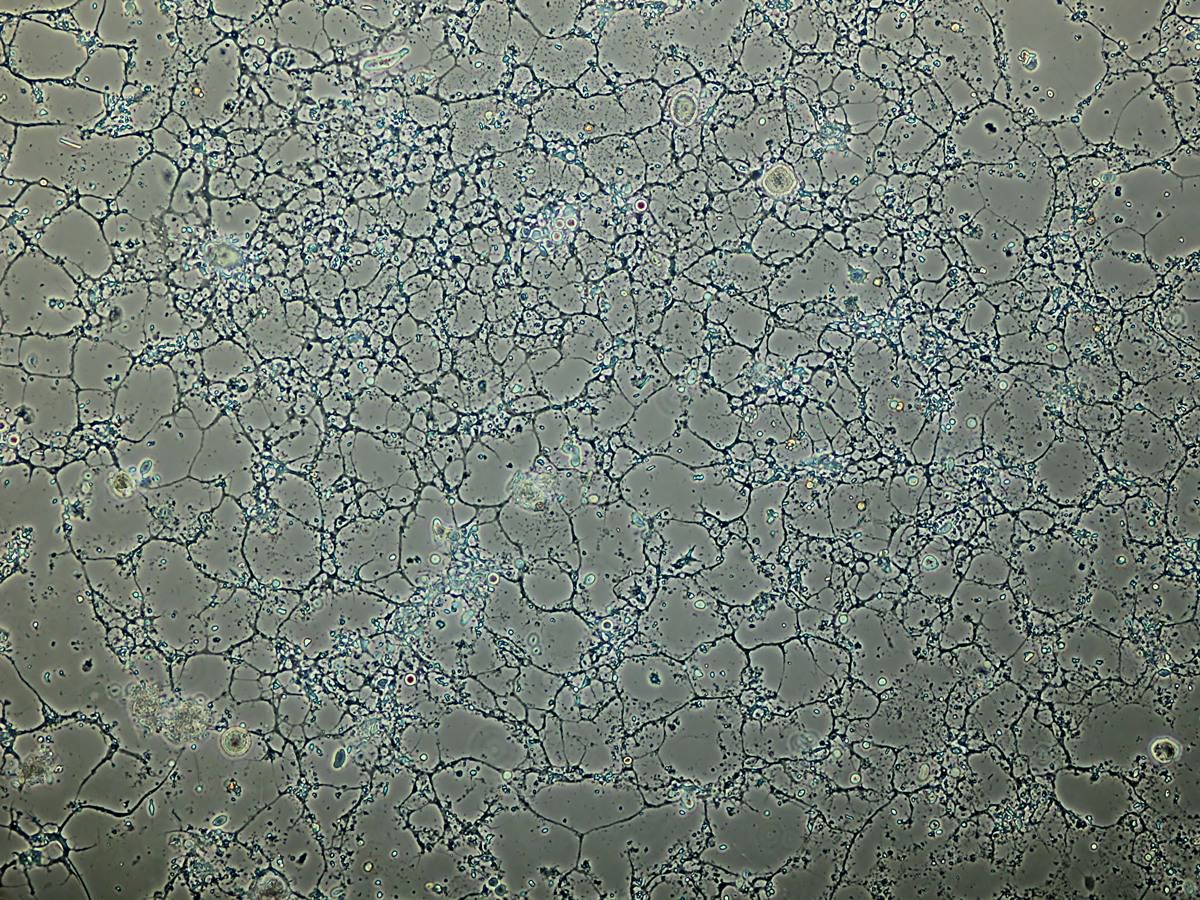
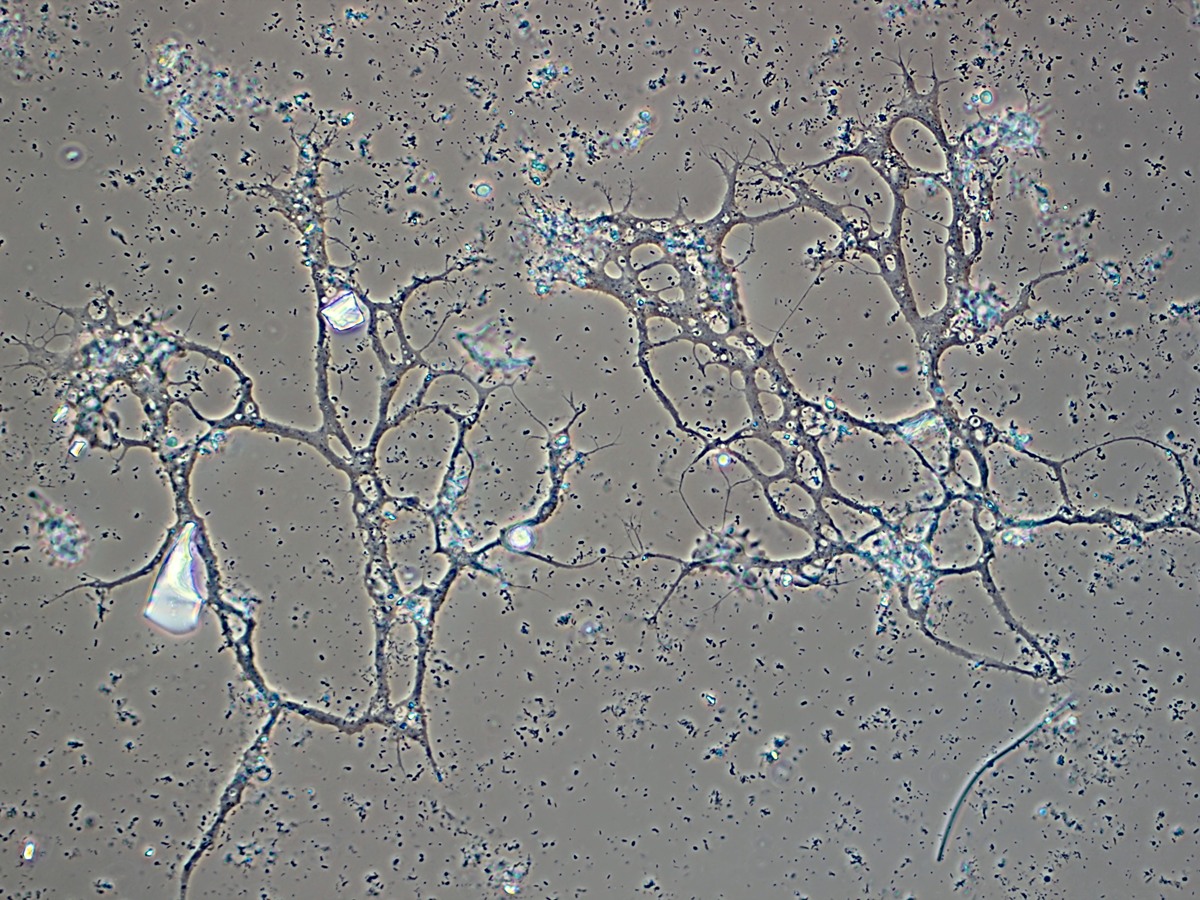
Amoebozoans that make simple fruiting structures comprised of a de novo formed acellular stalk (sporocarp) supporting one to a few spores.
Element of specific shape; organic, siliceous or calcareous; used to form a periplast or a test. Microscales are scales not visible in a light-microscope. Scales can be organic, cal
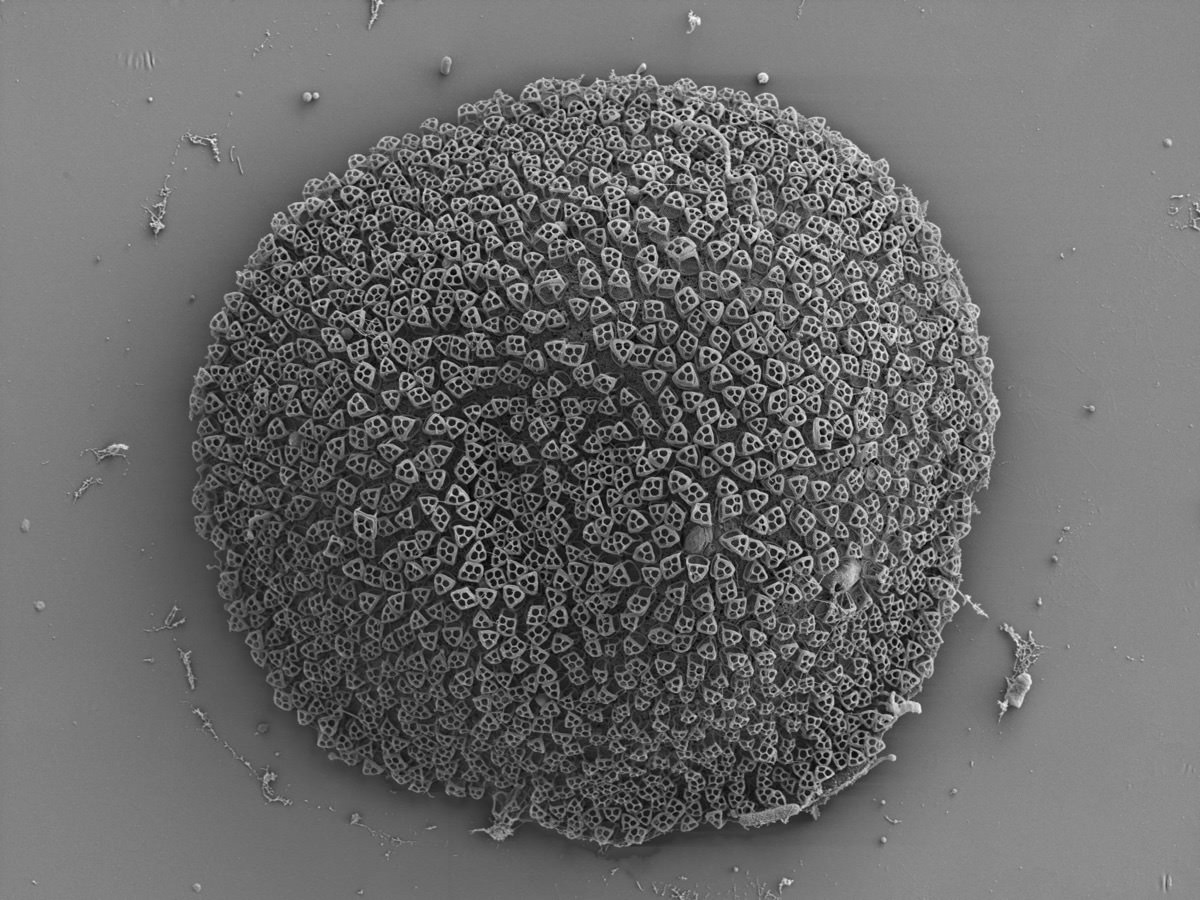
Scales cover the dorsal side of Cochliopodium

Cochliopodium
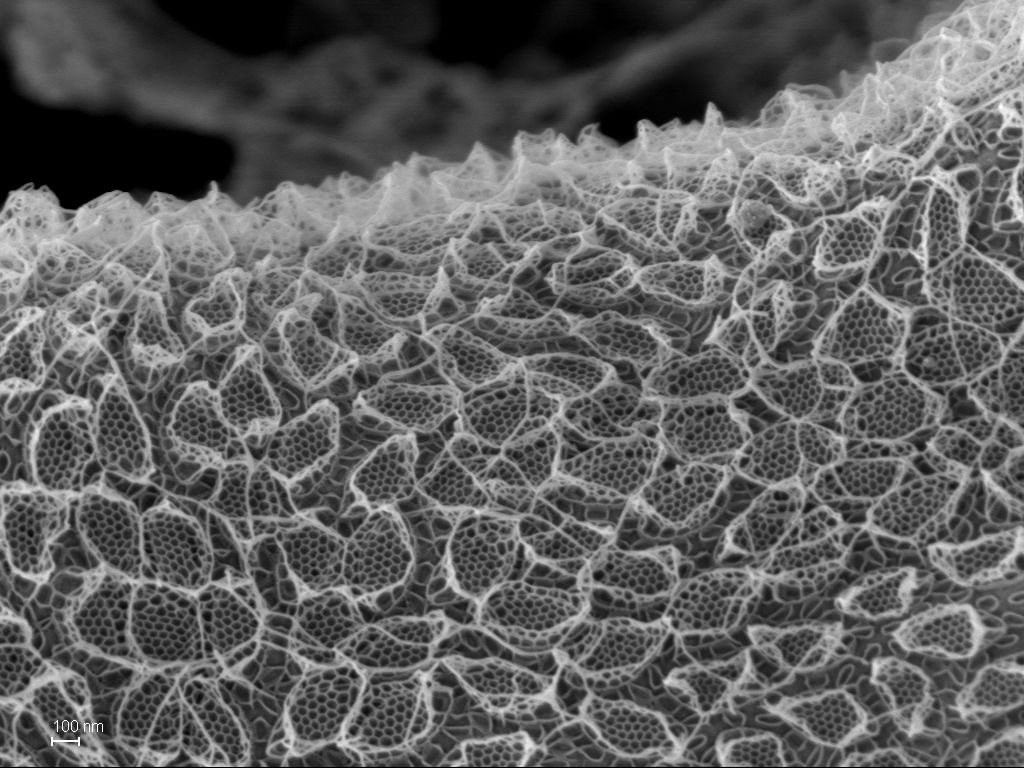
Korotnevella with two different scale types.

Choanocystis has two types of scales, spine-scales and plate-scales.





Multicellular subaerial fruiting body.
Stiff, pointed element.

Cochliopodium with spine-scales
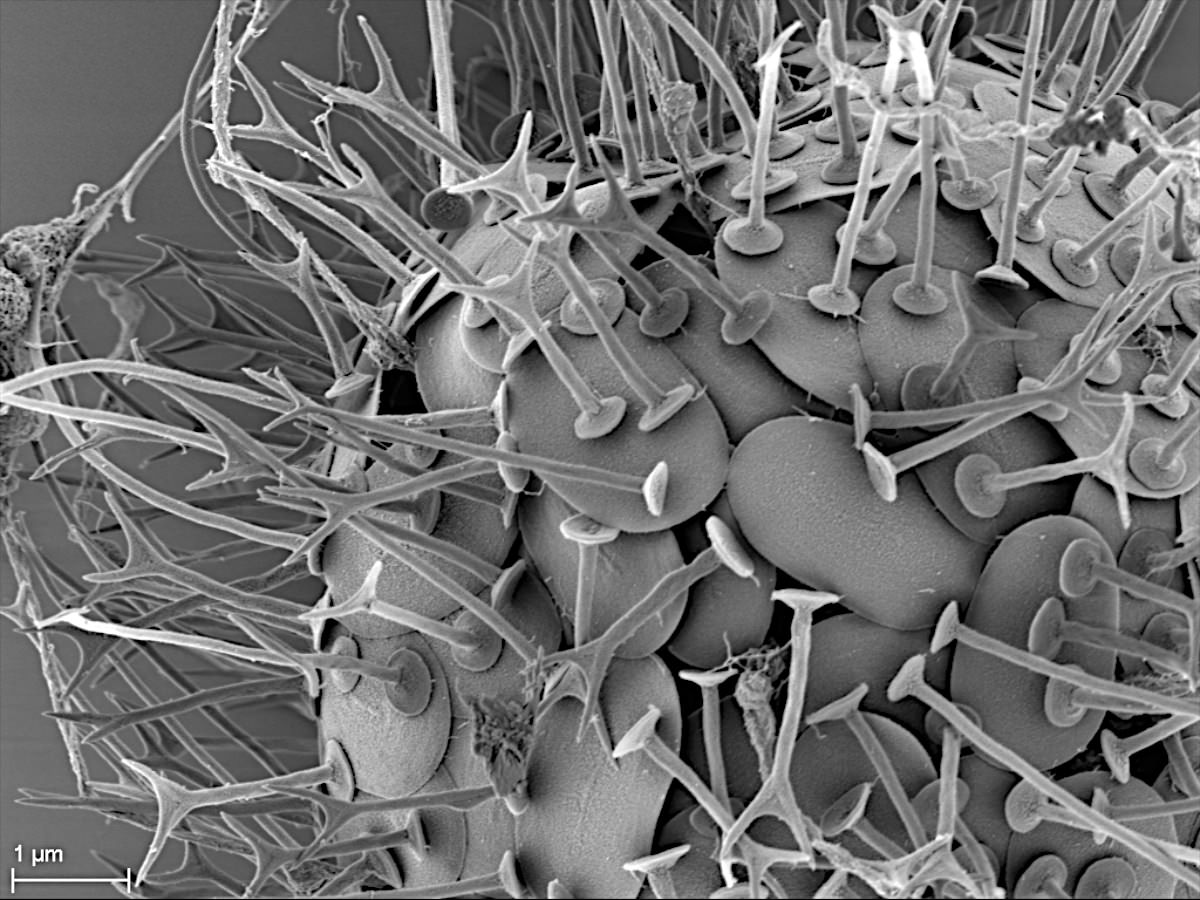
Acanthocystis turfacea
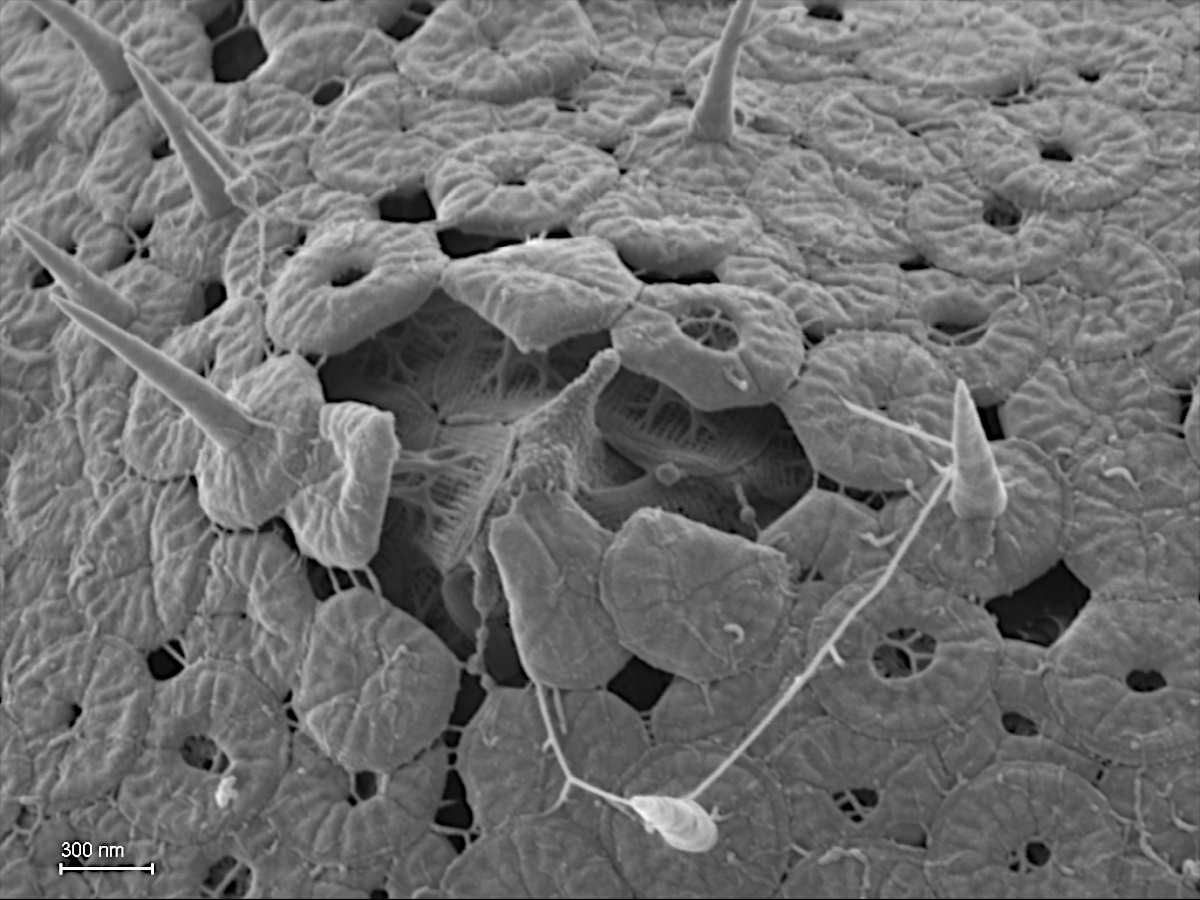
Single amoeboid cell differentiates into a usually stalked, subaerial structure that supports one to many propagules termed spores.
Agent of reproduction.
Hyaline projections of different shape, usually anteriorly directed, which do not take part in the relocation of the main cell mass.

Korotnevella
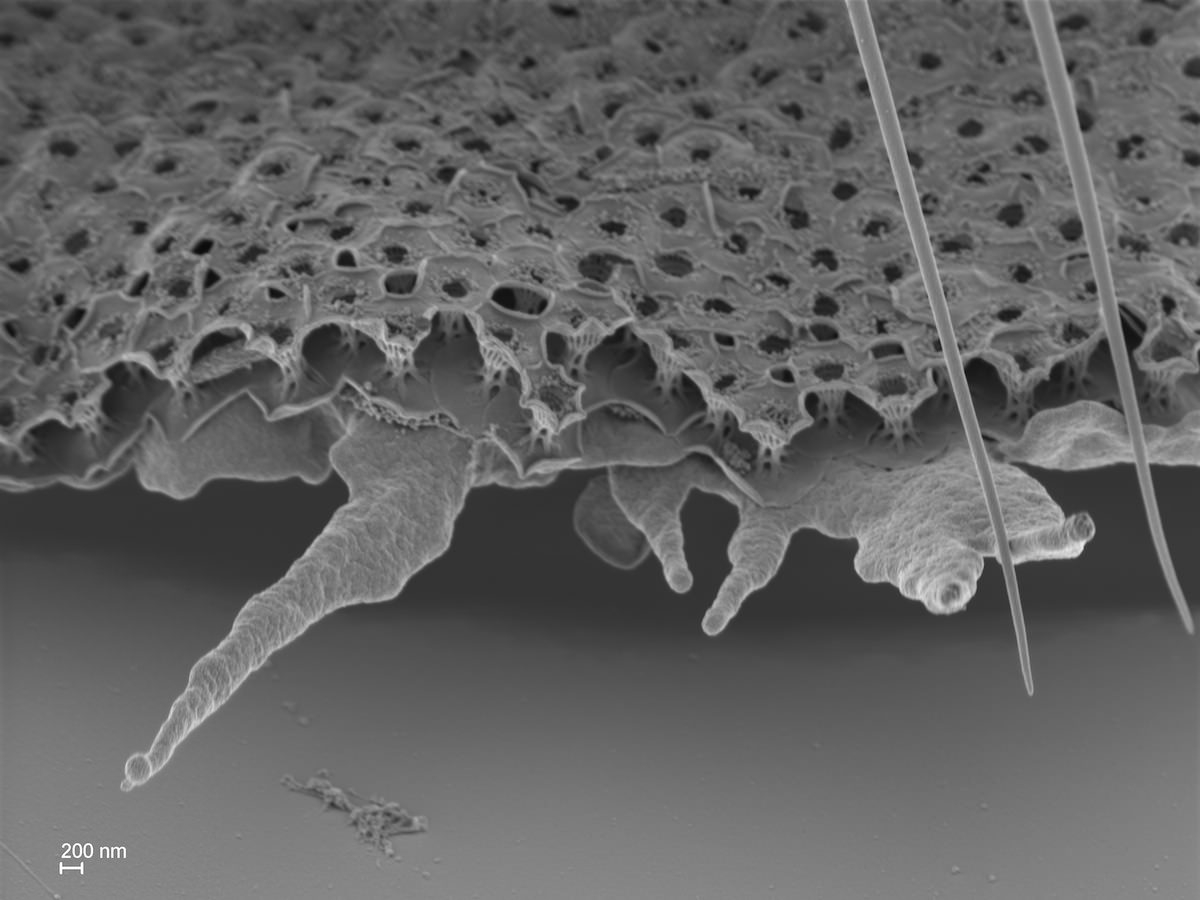

Multinucleate, mostly large or giant cell; formed by fusion of individual cells.

Nuclearia with two Syncytiums

Large Syncytium of Actionsphaerium
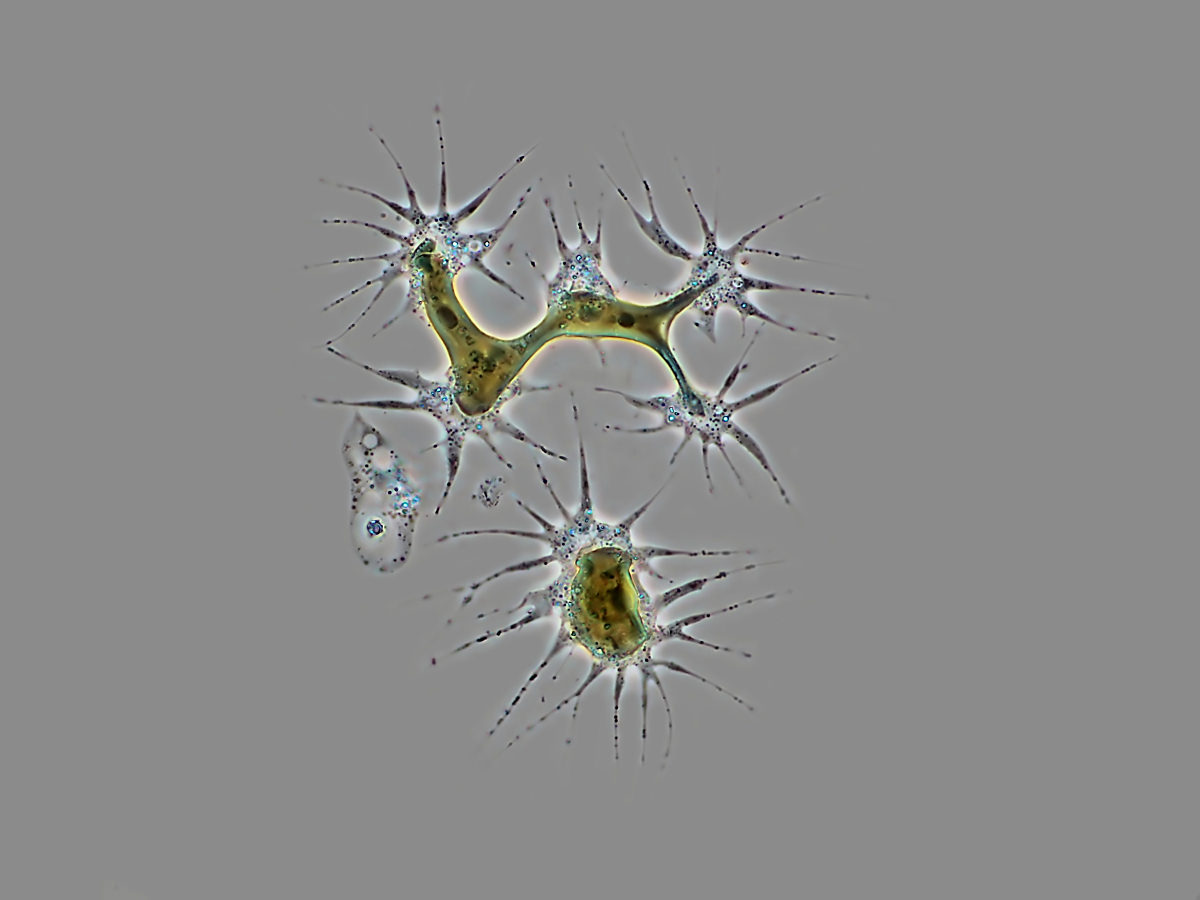
Syncytium of Chrysamoeba with shared plastid
Layer of scales covering the dorsal side of the cell (Himatismenida).
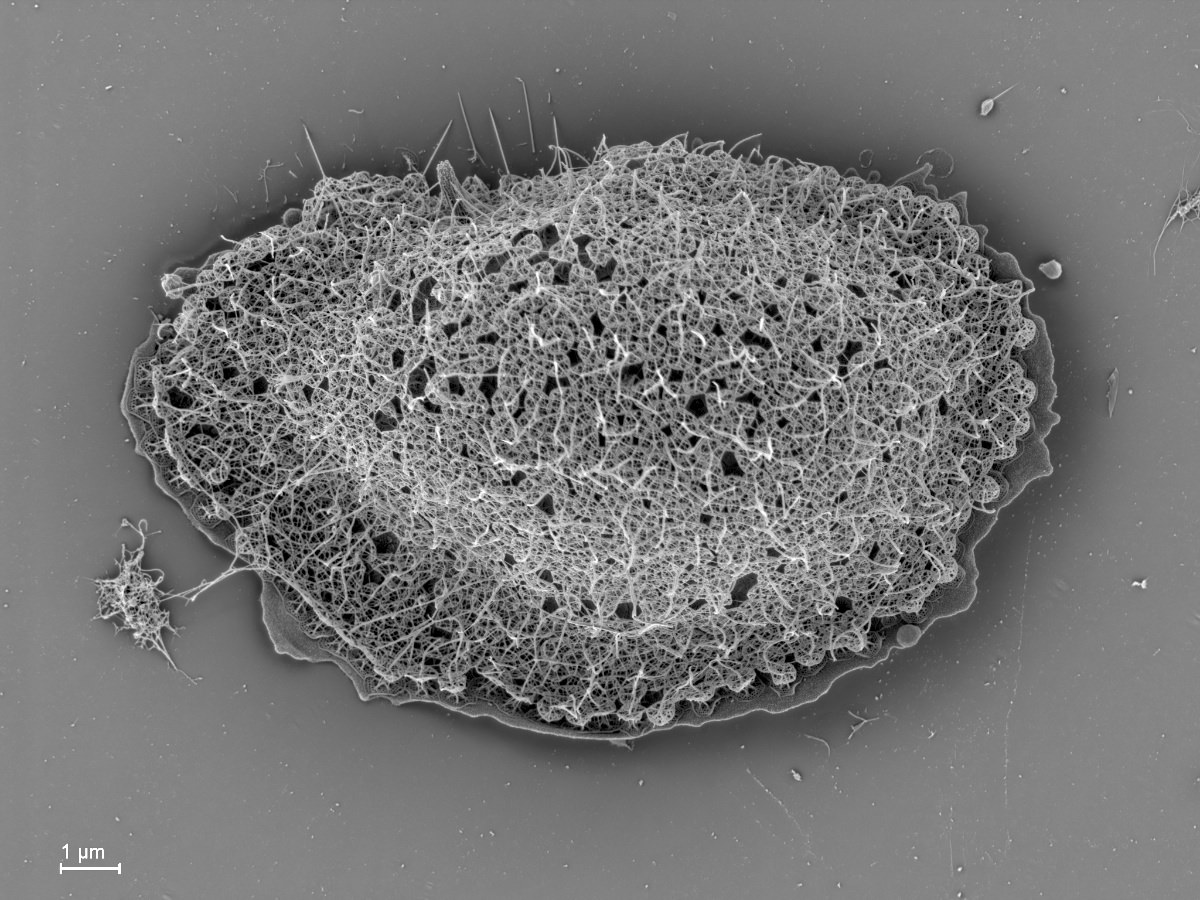

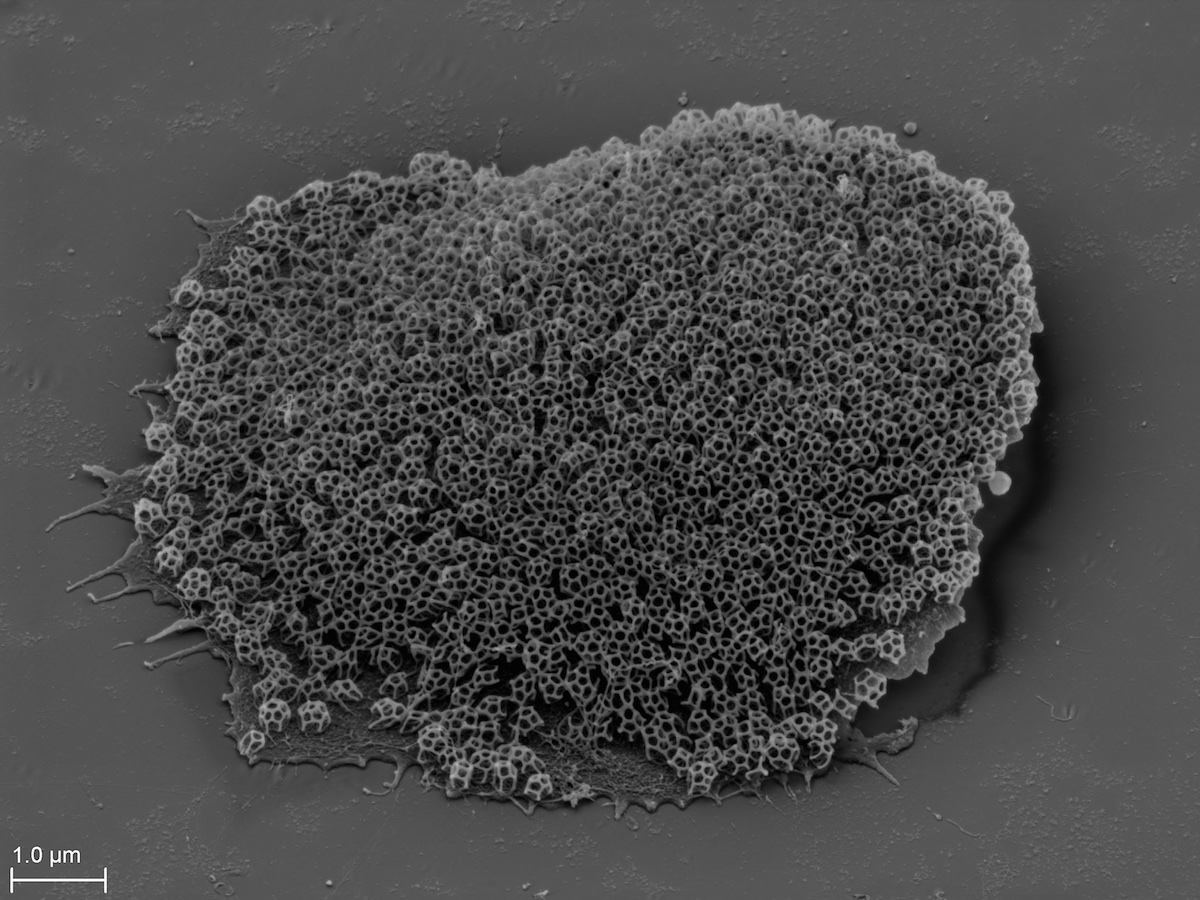
Unspecific term for cell covering (synonym: test).
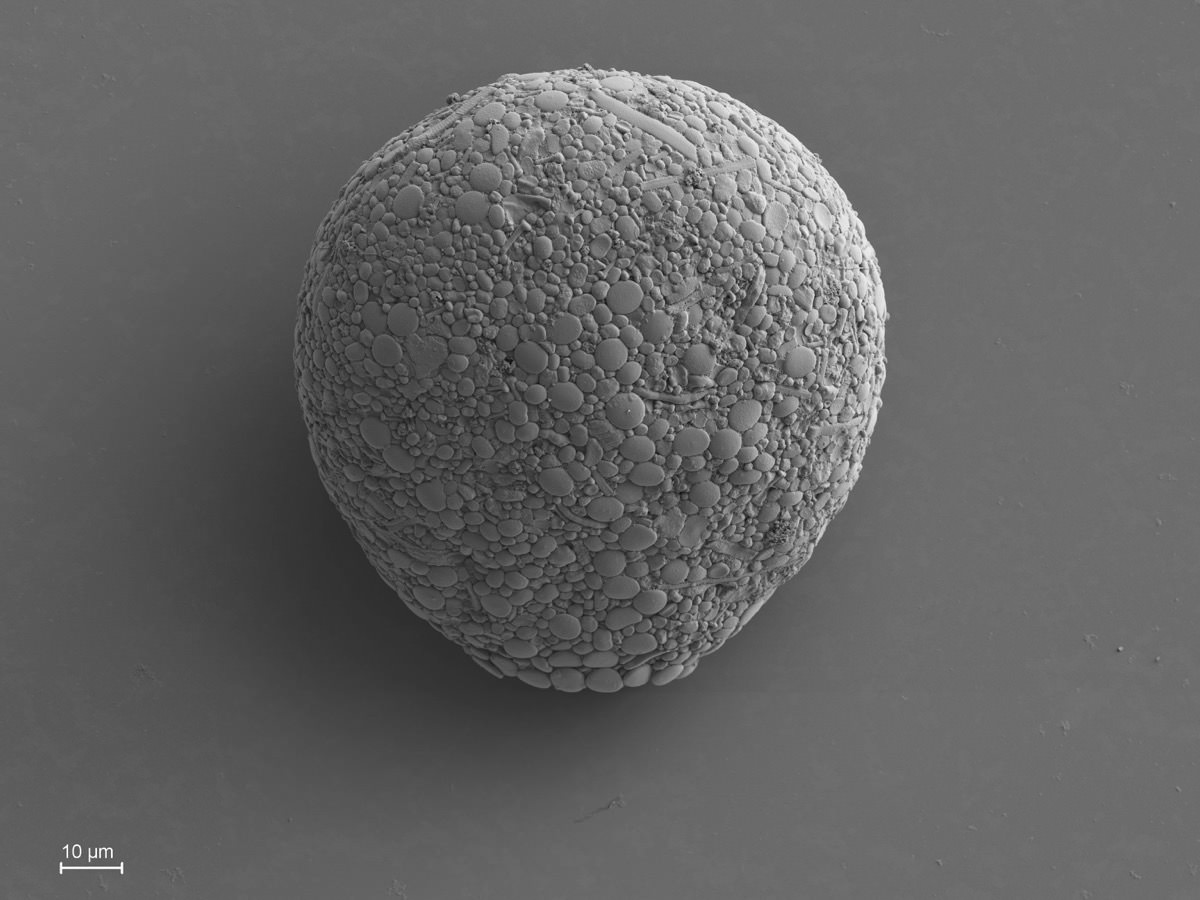
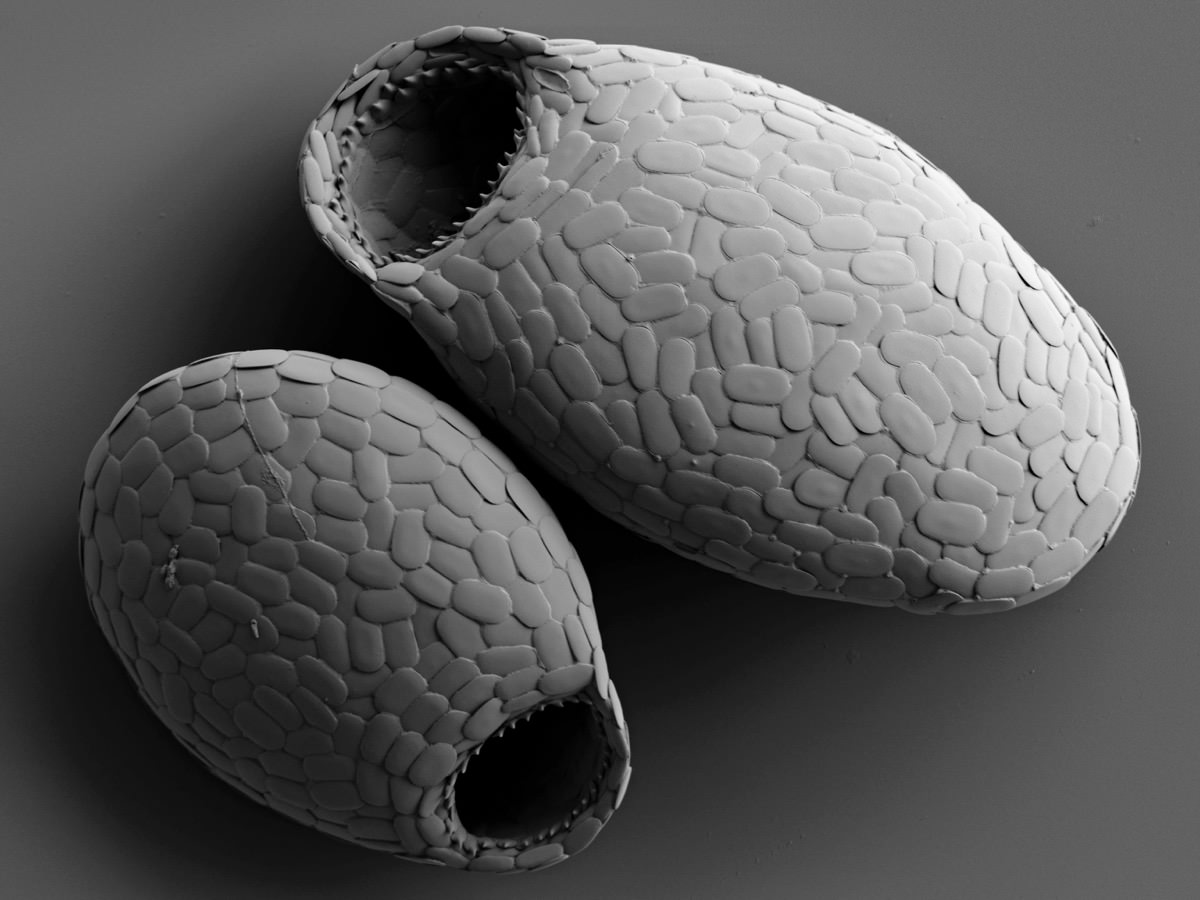

Active form of a cell.
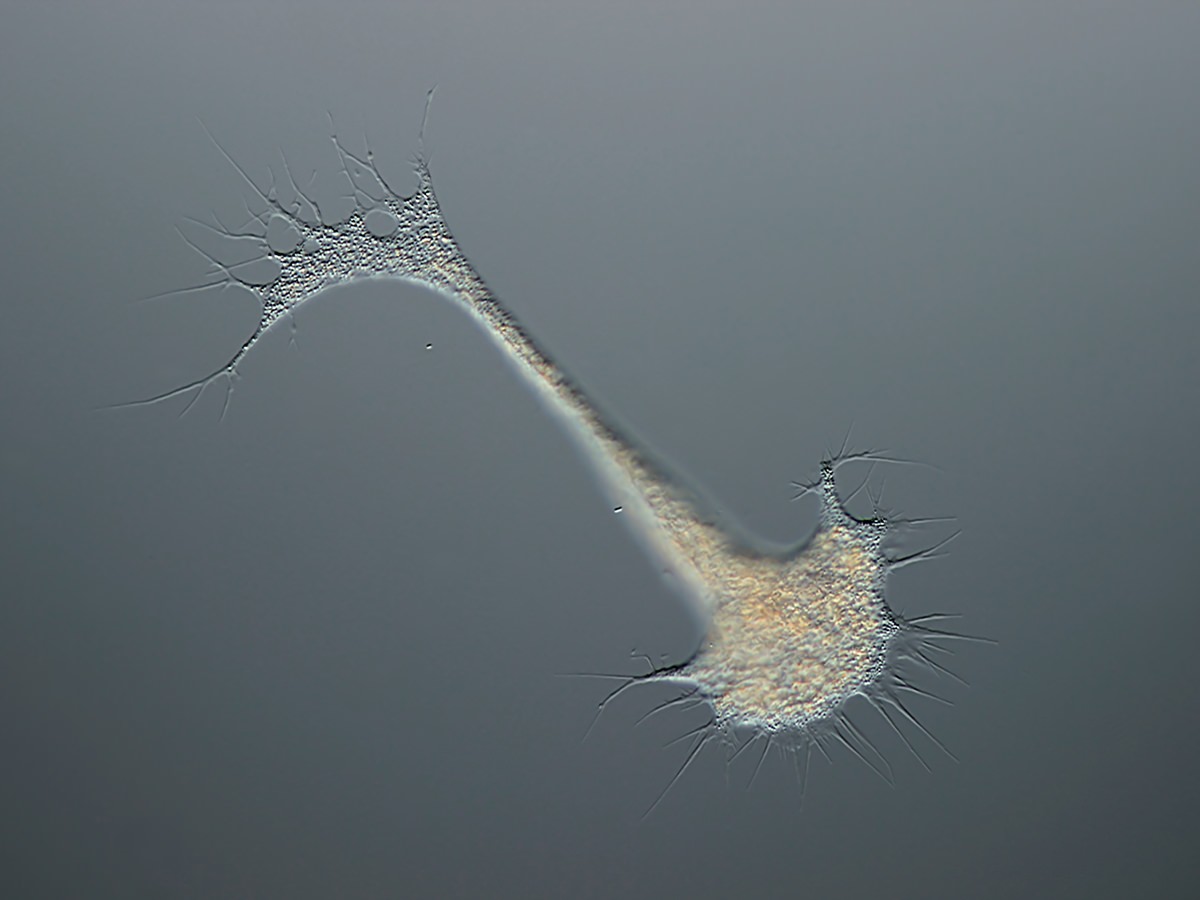
Leptrophrys

Chlamydomyxa

Biomyxa
Posterior end of an amoeba; the form of the uroid is an important trait.

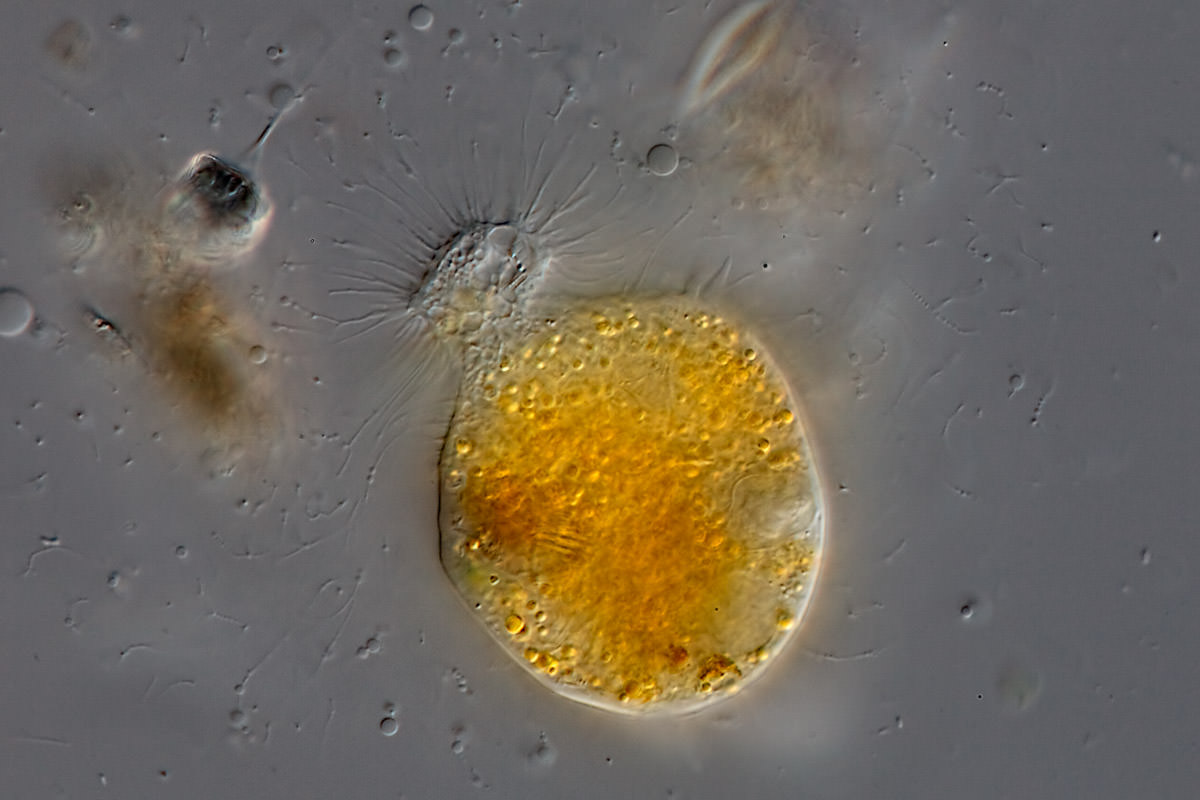
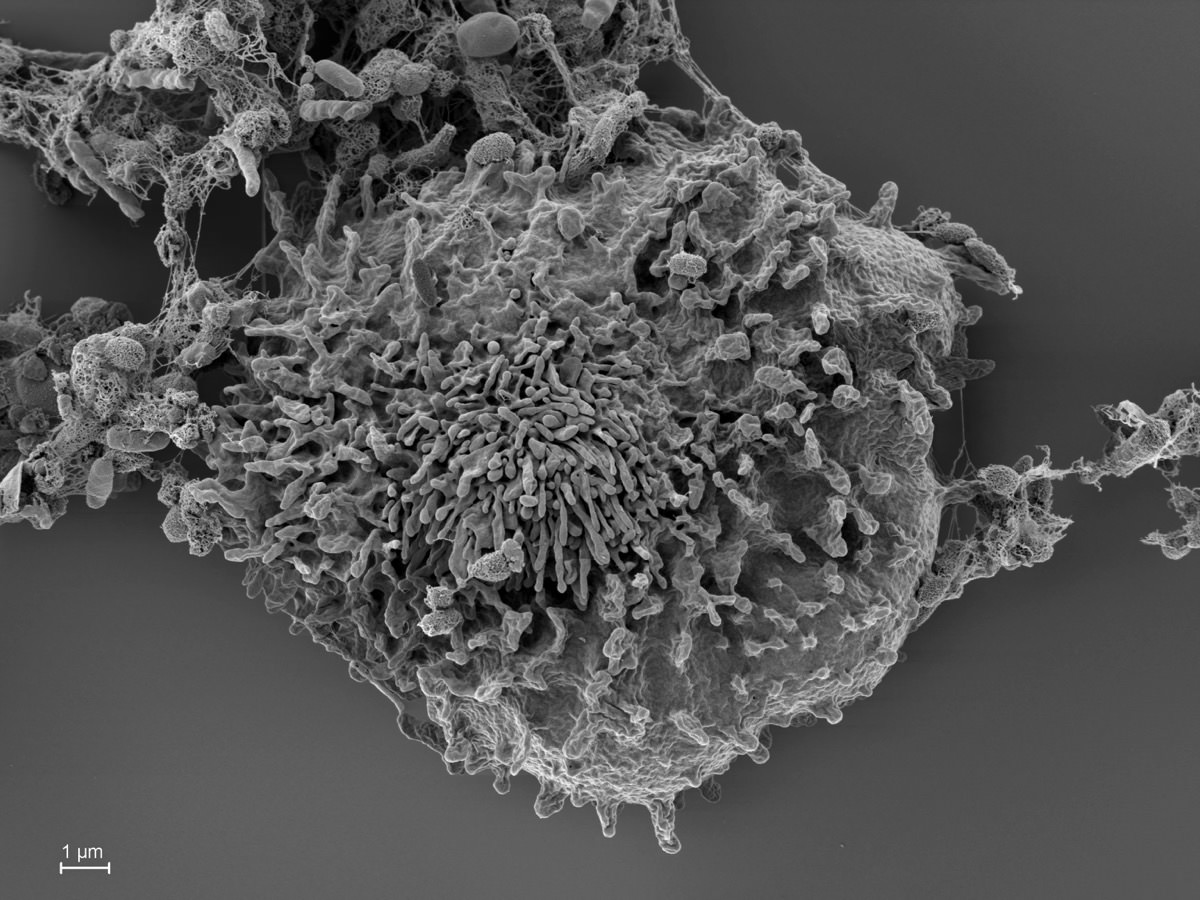
Foreign element; often grains or diatom frustules used for the construction of a test.
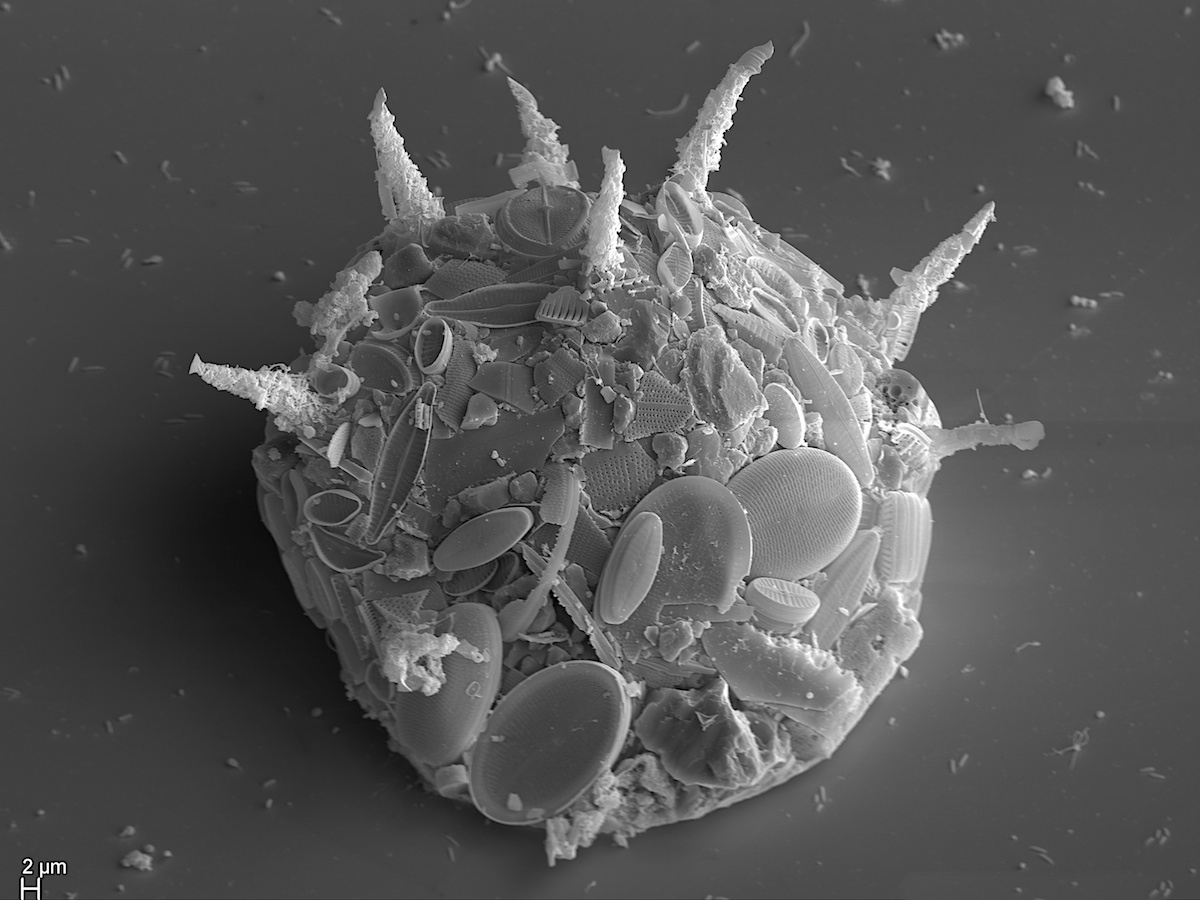
Centropyxis


Organic cement agglutinating xenosomes
Green algae in vacuoles as intracellular symbionts; often of the genus Chlorella.
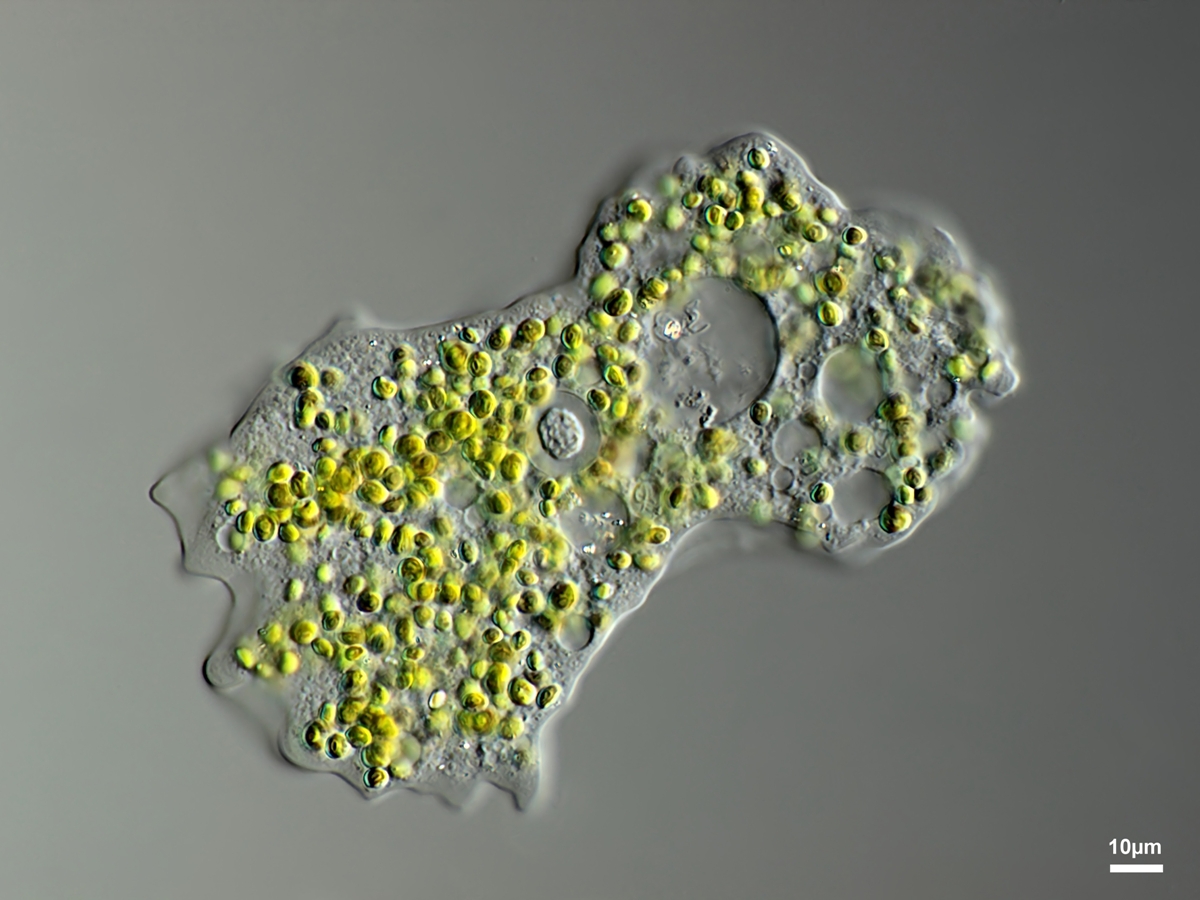
Mayorella viridis alawys has Chlorella symbionts
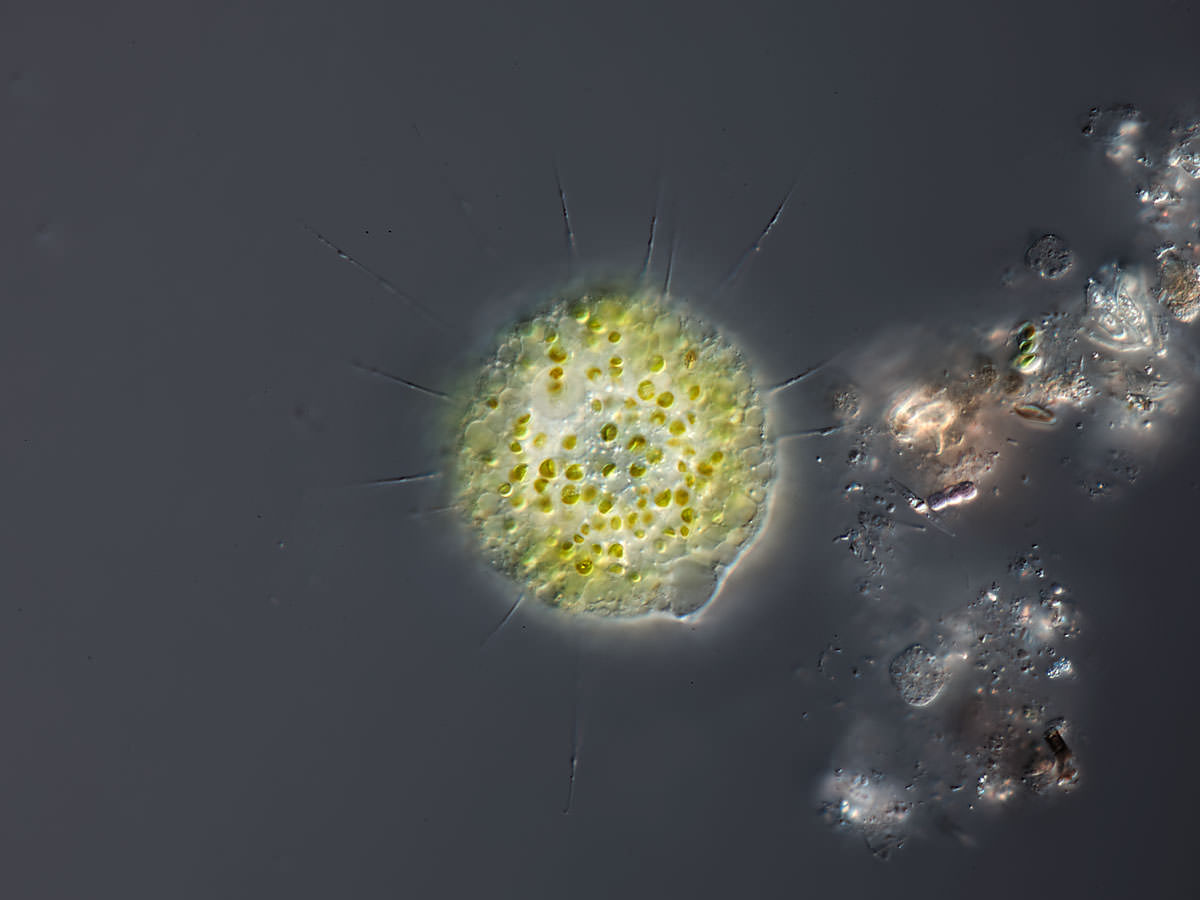
Actinophrys sol can be found in winter with Chlorella too
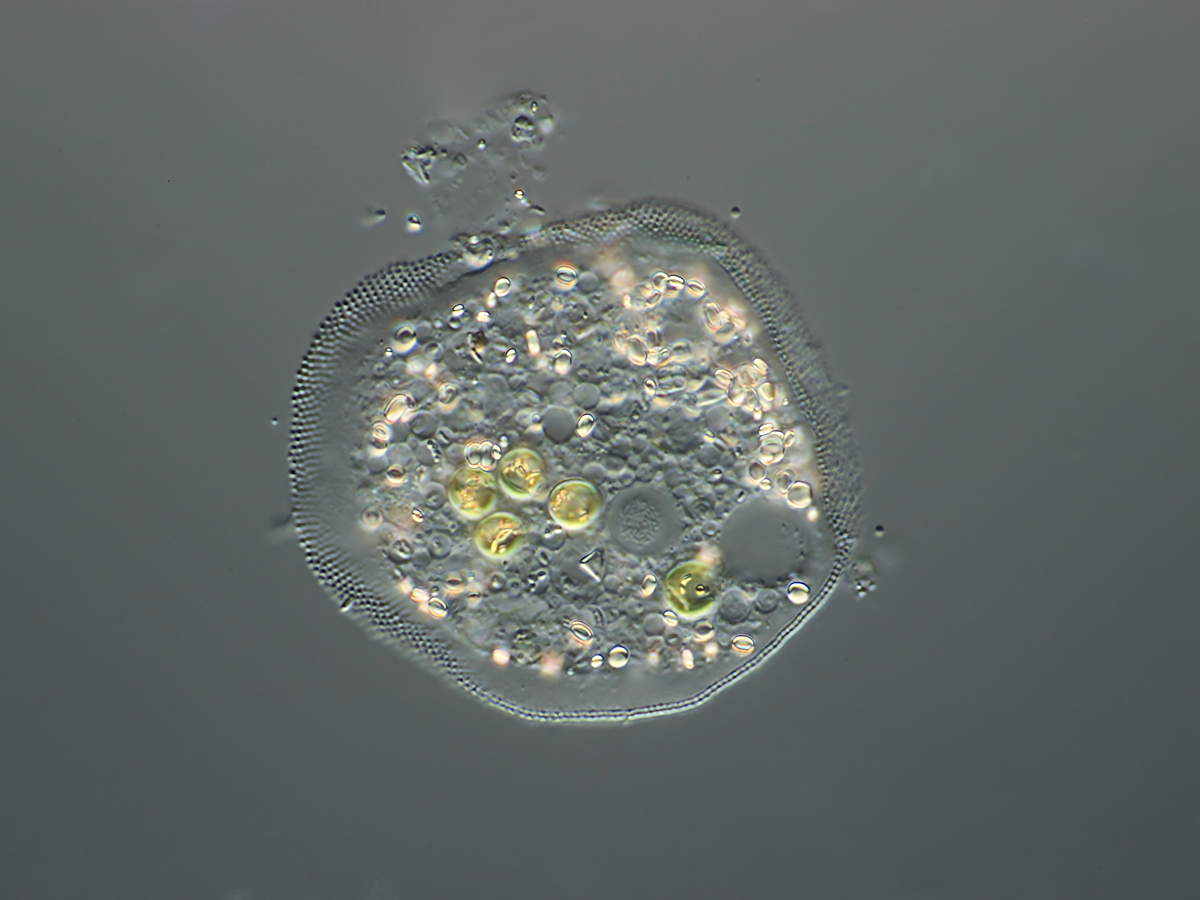
Cochliopodium with Chlorella symbionts